Conference Around The Clock
launch event on
Podcast series

Mariana Castillo Deball and Nils Reinke-Dieker, cover of a printed folder which was hand out to the visitors on the occasion of the launch of the Podcast Conference around the clock, London, UK, November 2022
What happens at a scientific conferences? How have they exchanged knowledge and shaped expertise? What forms of sociability have developed in these meetings, what rituals have been performed? How have scientific conferences embodied social hierarchies and international relations? How have they informed policies on relevant subjects?
The audio project takes as a starting point the voices of a group of historians, studying scientific conferences as public spaces. From the beginnings of conferencing to the digital turn during the pandemic, conferencing will be demystified by the atmospheric sound of coffee breaks, the sound of the recurring dramaturgy of conferences. The auditive imagery and musical composition departs from conferencing soundscapes such as crowded rooms, keyboards, coffee cups and empty corridors, building an auditive landscape.
The audio feature points out the personal voices and experiences of the historians studying conferencing. Apart from being their object of study, conferencing is a central part of their practice, and a key element on how the scientific community functions.
This audio feature is part of the HERAfunded, collaborative project The Scientific Conference: A Social, Cultural and Political History bringing together historians from Birkbeck College, The Centre Alexandre Koyré (Paris) and from the universities of Uppsala, Maastricht and Amsterdam.
Kaleidoscopic Eye
Kunst Halle Sankt Gallen, St. Gallen
February 14 – April 12 2009
Kaleidoscopic Eye departs from an argument between André Breton and Roger Caillois. The confrontation arose from their discovery of Mexican jumping beans – beans that make sudden movements and leap into the air. Caillois conjectured that larva or some other animal was making the beans move. Breton rejected his theory, accusing Caillois of being a closed-minded positivist who negated the marvelous and the poetic in his attempt to find rational explanation. For Breton, absolute or objective chance blurred the borders of rationality, proffering a chaotic and stimulating universe: convulsive beauty. Caillois wrote a letter ending the relationship with Breton, declaring his attempt to reconcile research with beauty. Caillois sought to examine chance, chaos, and the irrational with the goal of finding a pattern similar to the structure of coral. This structure should combine, in one system, everything that had until then been systematically excluded – a structure capable of taking into consideration all the possible forms of reality. Caillois’s position approximates to a model of thought that attempts to integrate the convulsion generated by the indeterminate, with a rational structure.
Kaleidoscopic Eye is constructed as a mise en abyme: a formal technique in which an image contains a smaller copy of itself, in a sequence appearing to recur infinitely. The spectator walks through a space divided into six rooms, each one proportionally smaller than the previous. The individual works contained therein involve a random operation, crystalized in the form of sculpture, drawing, fiction, and film.
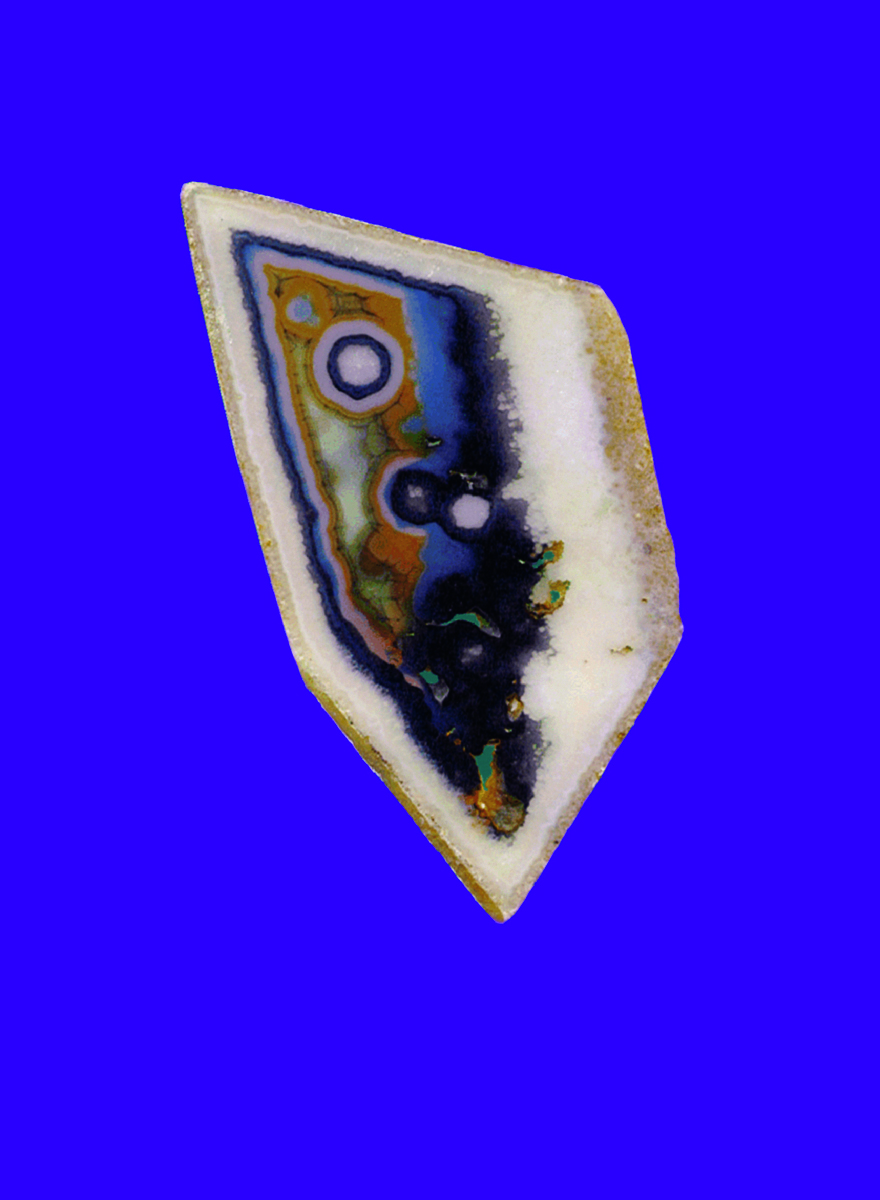
Mémoire Interlope, 2010
C-prints from the stone collection of Roger Caillois
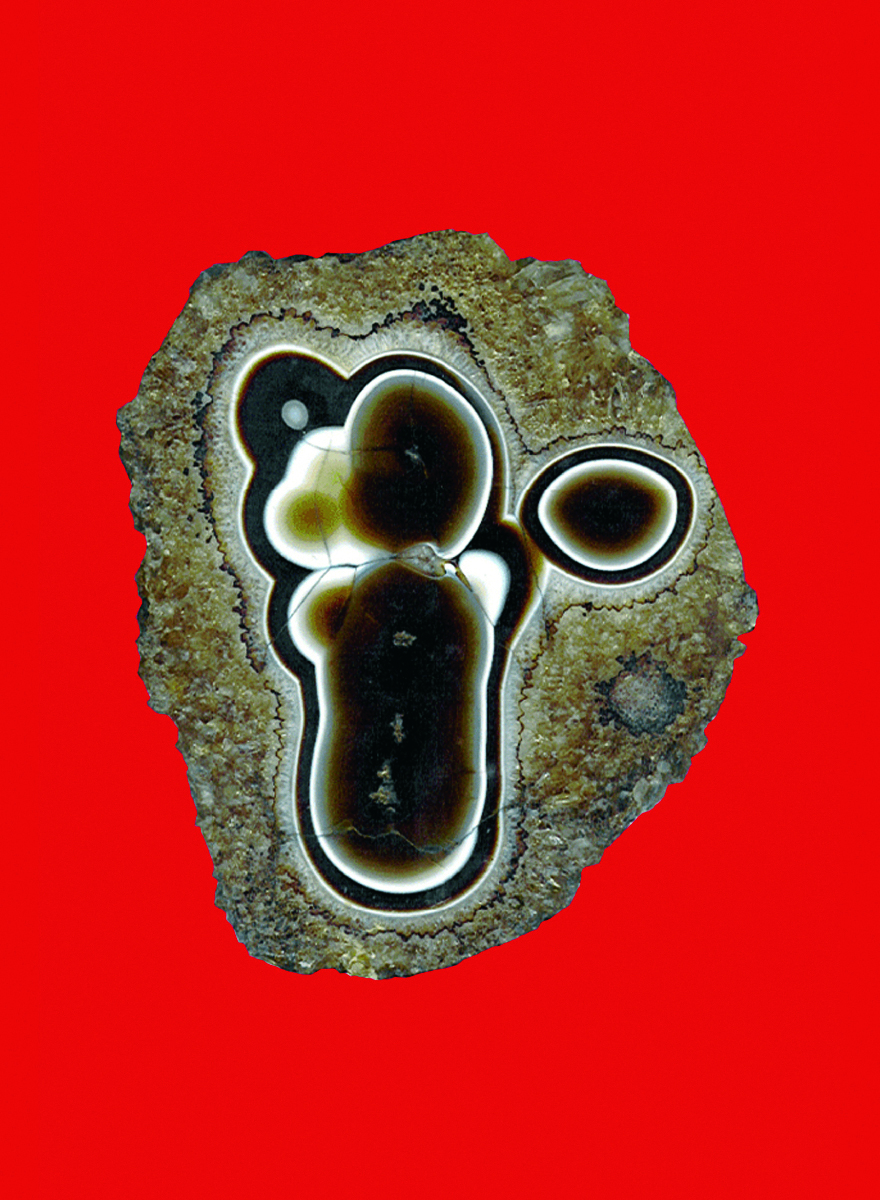
Mémoire Interlope, 2010
C-prints from the stone collection of Roger Caillois
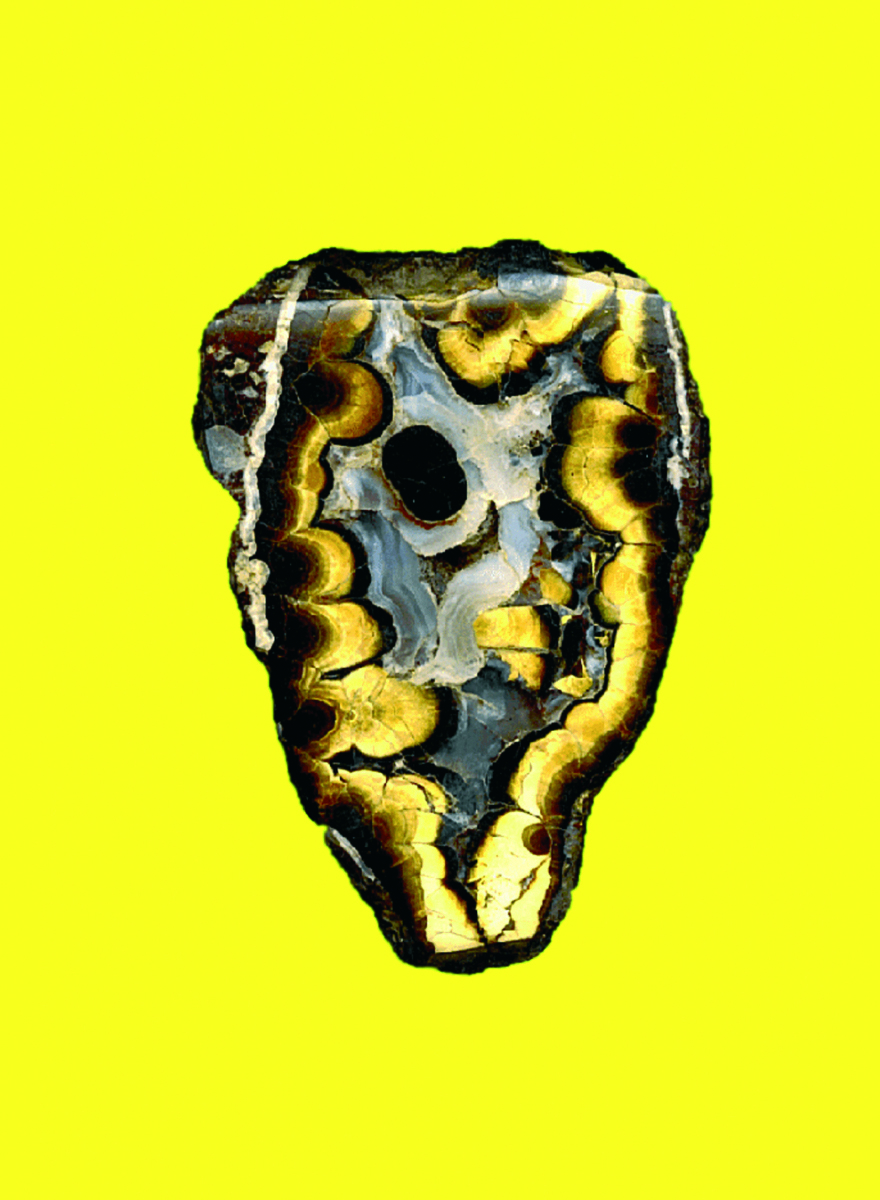
Mémoire Interlope, 2010
C-prints from the stone collection of Roger Caillois
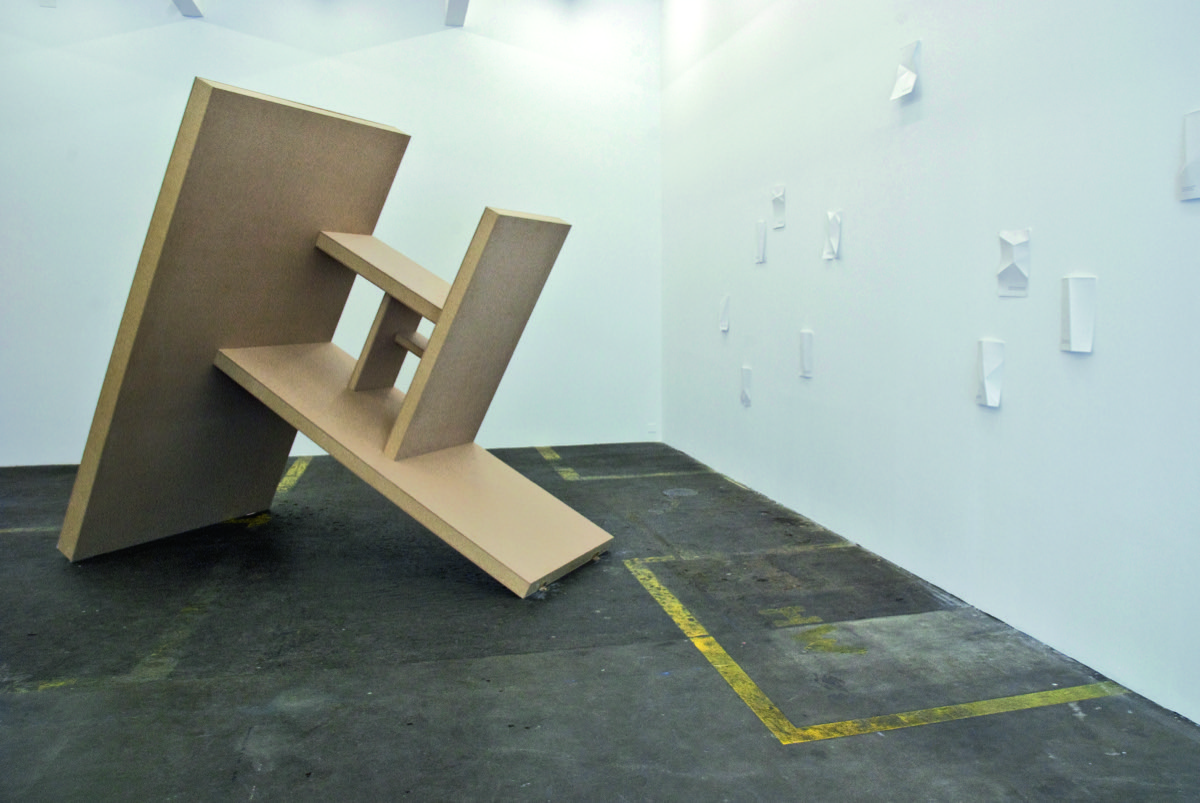
Kaleidoscopic Eye, 2009
Plywood structure
Installation view Kaleidoscopic Eye, Kunst Halle Sankt Gallen, 2009
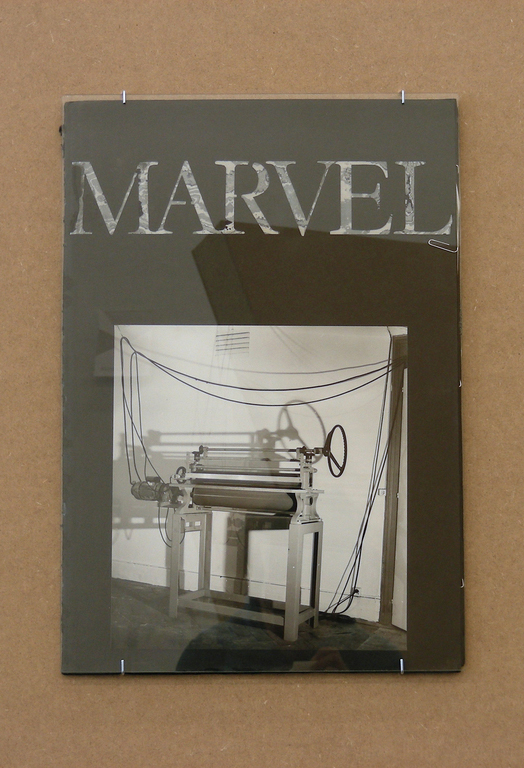
Marvel book, 2009
Book
Installation view Kaleidoscopic Eye, Kunst Halle Sankt Gallen, 2009
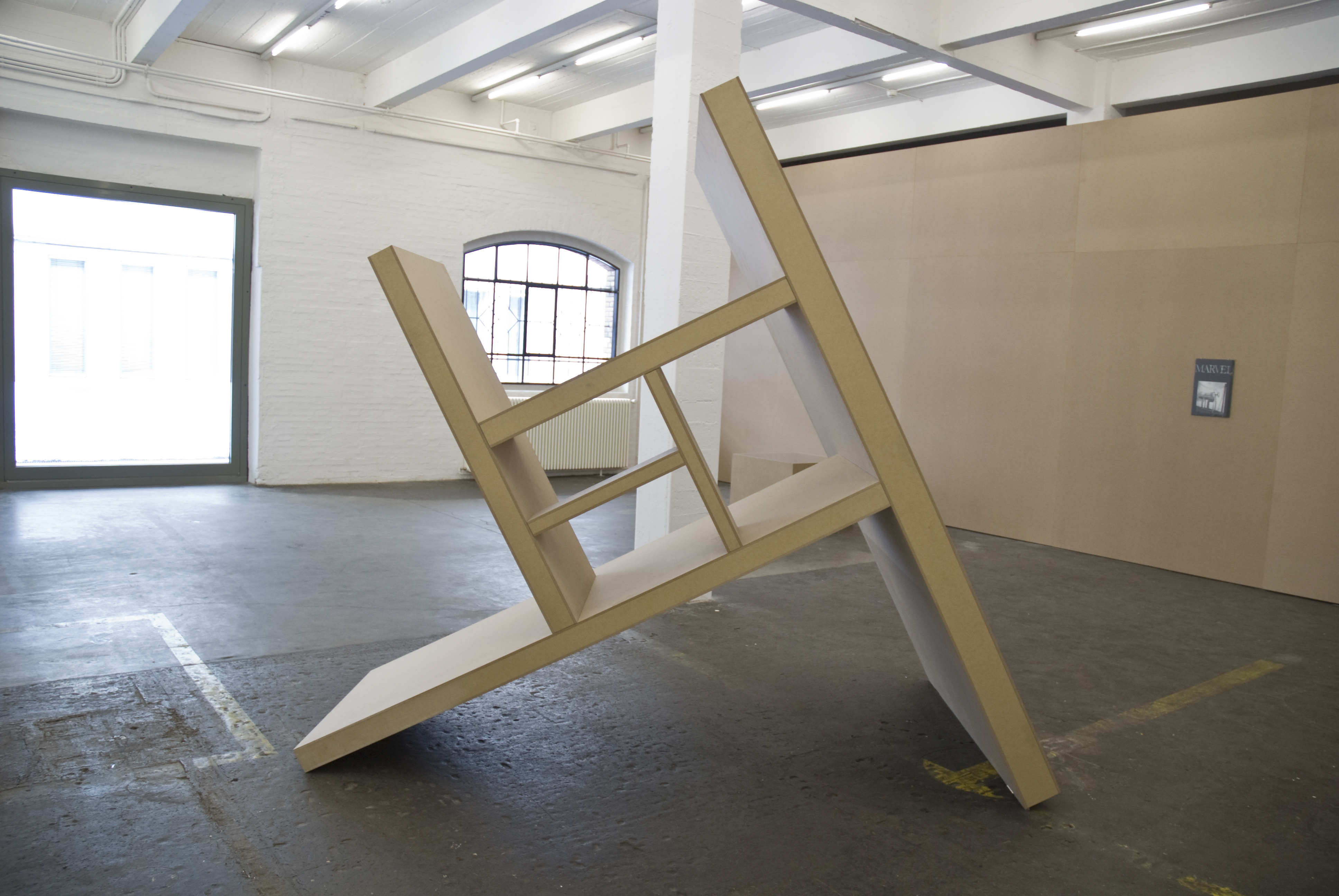
Kaleidoscopic Eye, 2009
Plywood structure
Installation view Kaleidoscopic Eye, Kunst Halle Sankt Gallen, 2009

Entropology I, 2008-2009
Video,color, sound, Chinese with English subtitles, 8min
Installation view Kaleidoscopic Eye, Kunst Halle Sankt Gallen, 2009
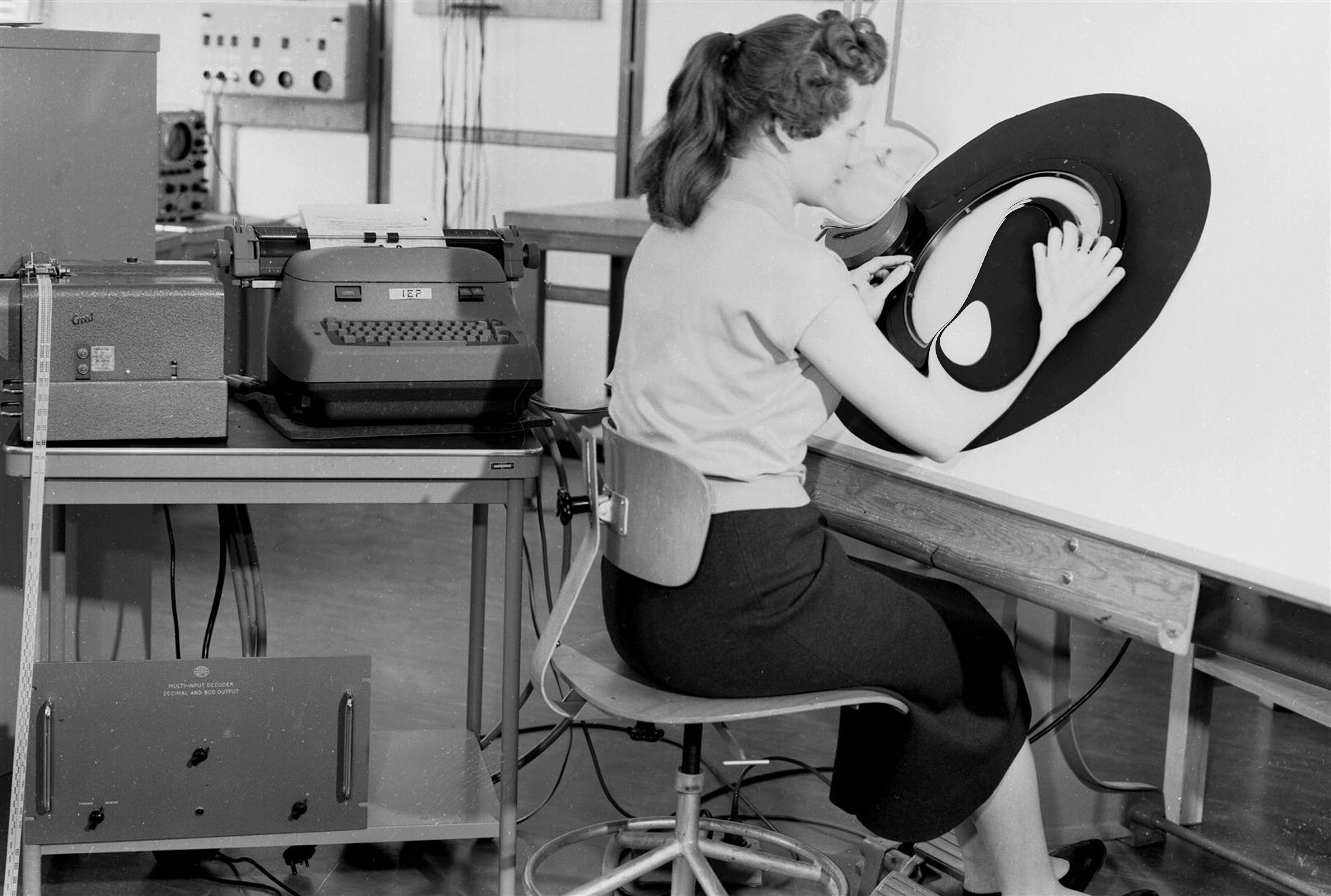
Entropology I, 2008-2009
Video,color, sound, Chinese with English subtitles, 8min
Installation view Kaleidoscopic Eye, Kunst Halle Sankt Gallen, 2009

Installation view Kaleidoscopic Eye, Kunst Halle Sankt Gallen, 2009
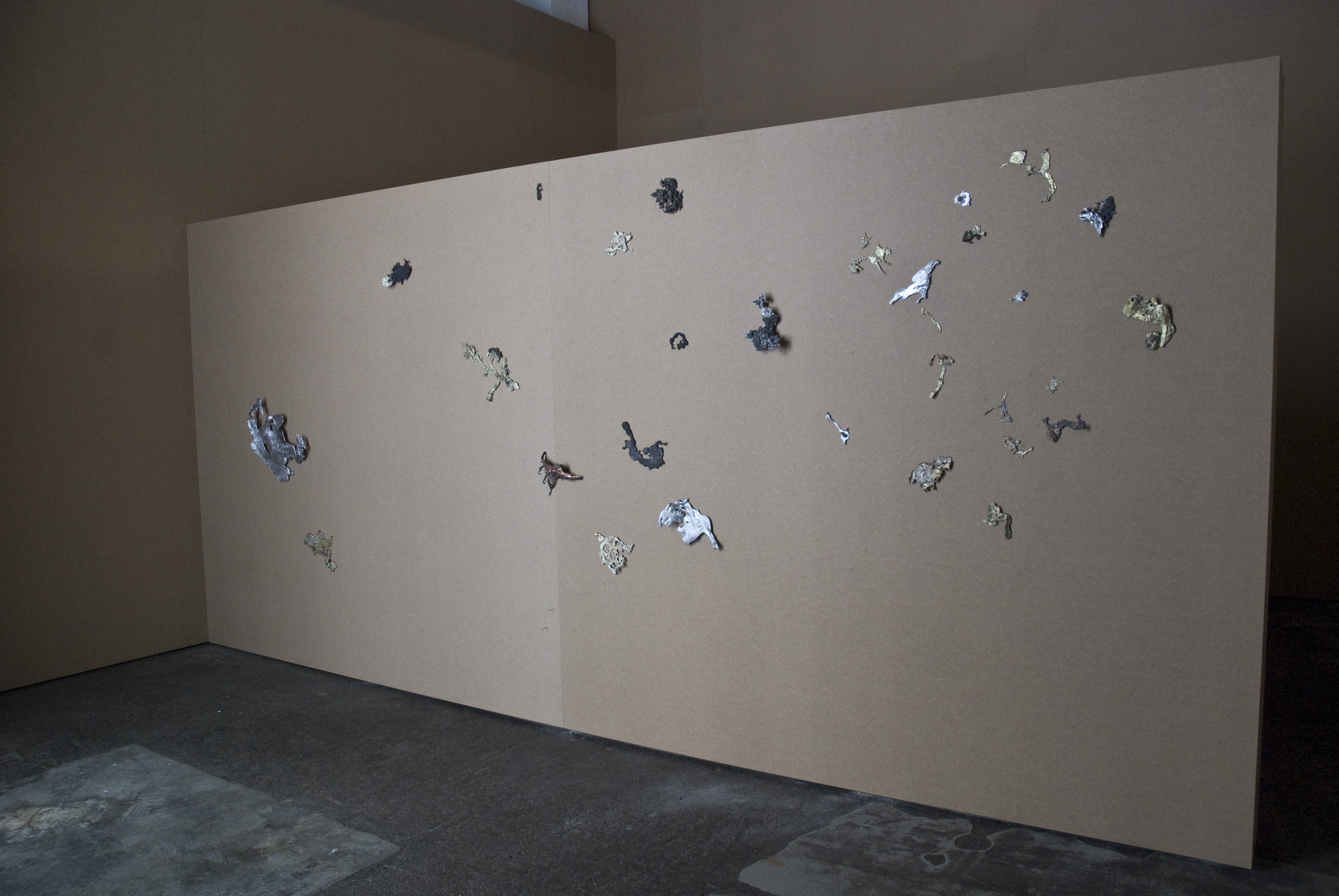
Stumbling Stones, 2009
Copper, aluminium, bronze, steel, 25 pieces
Installation view Kaleidoscopic Eye, Kunst Halle Sankt Gallen, 2009

Marvel Fabric, 2009
Fabric roll and textile with marvel, Orbis pattern from Jakob Schlaepfer
Installation view Kaleidoscopic Eye, Kunst Halle Sankt Gallen, 2009
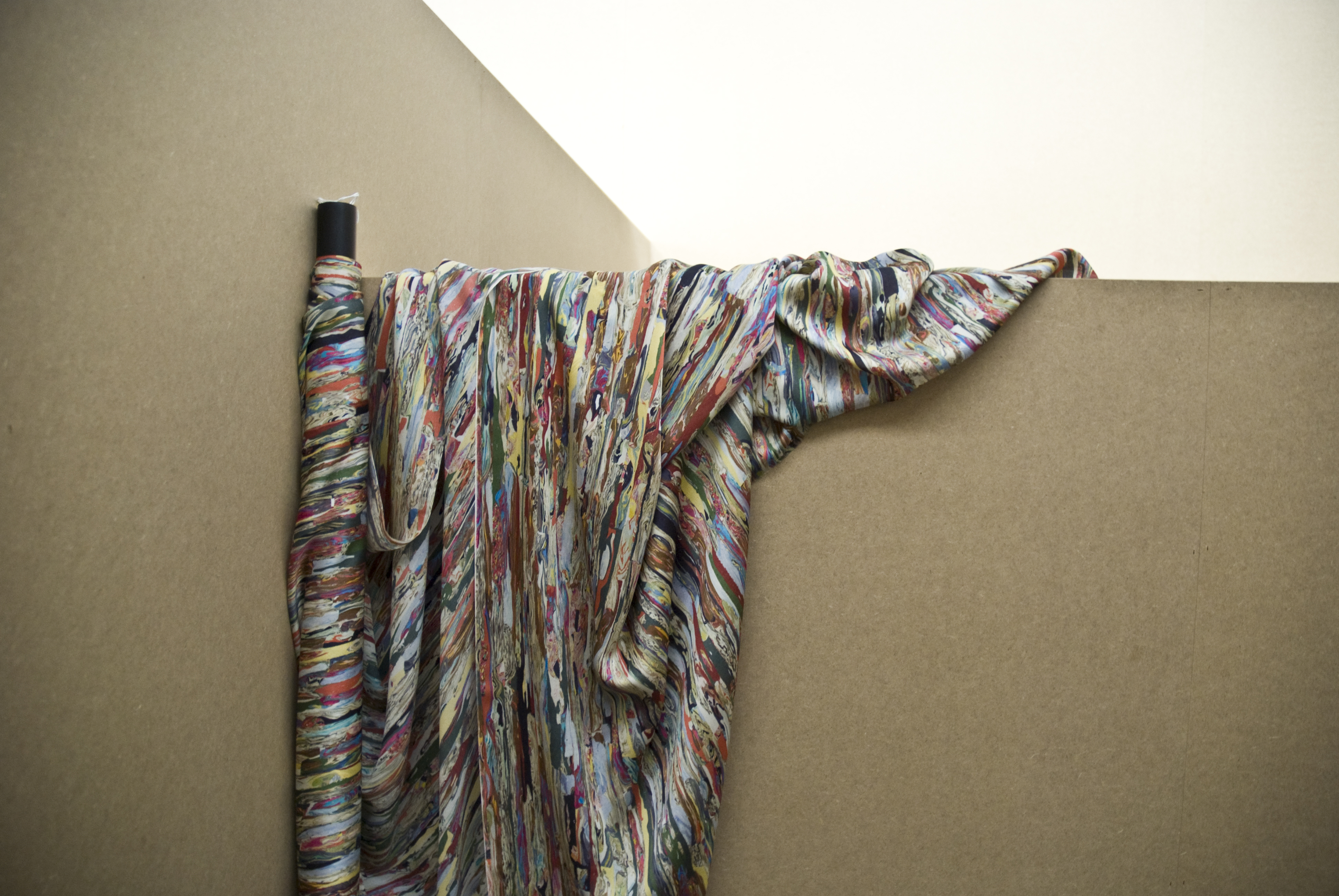
Marvel Fabric, 2009
Fabric roll and textile with marvel, Orbis pattern from Jakob Schlaepfer
Installation view Kaleidoscopic Eye, Kunst Halle Sankt Gallen, 2009
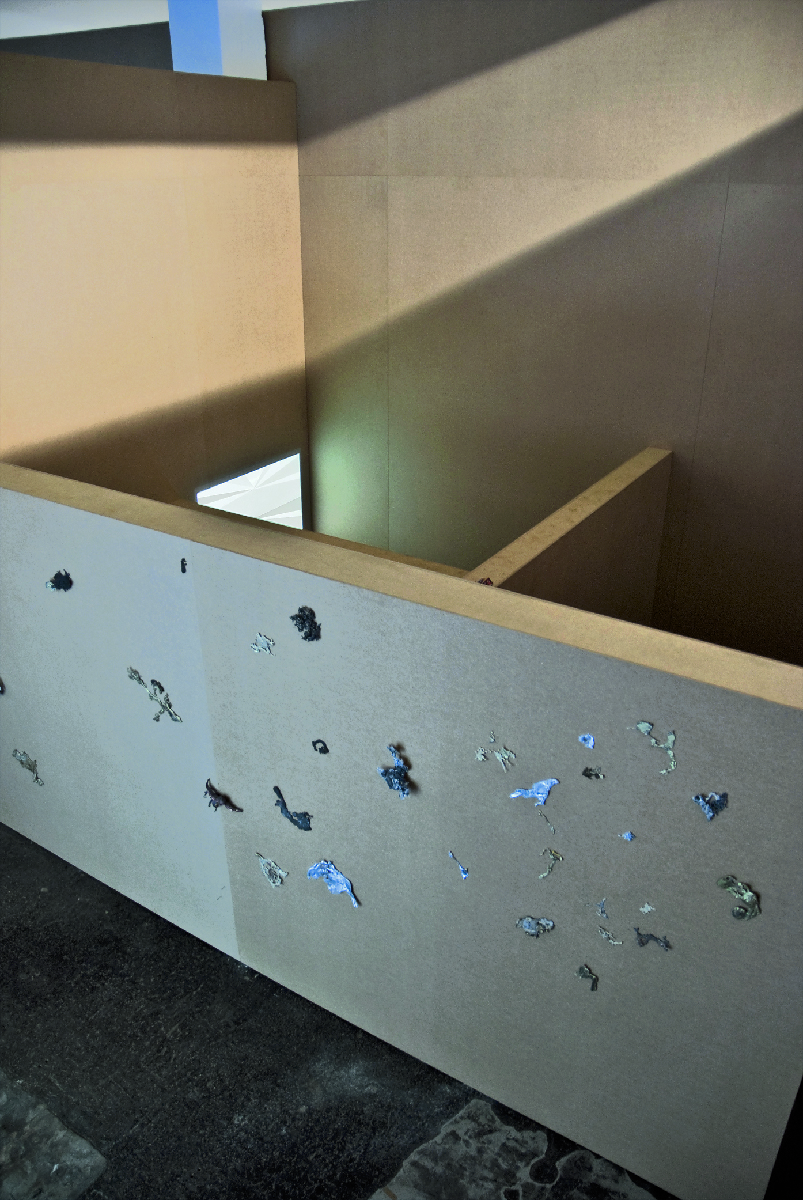
Installation view Kaleidoscopic Eye, Kunst Halle Sankt Gallen, 2009

Installation view Kaleidoscopic Eye, Kunst Halle Sankt Gallen, 2009
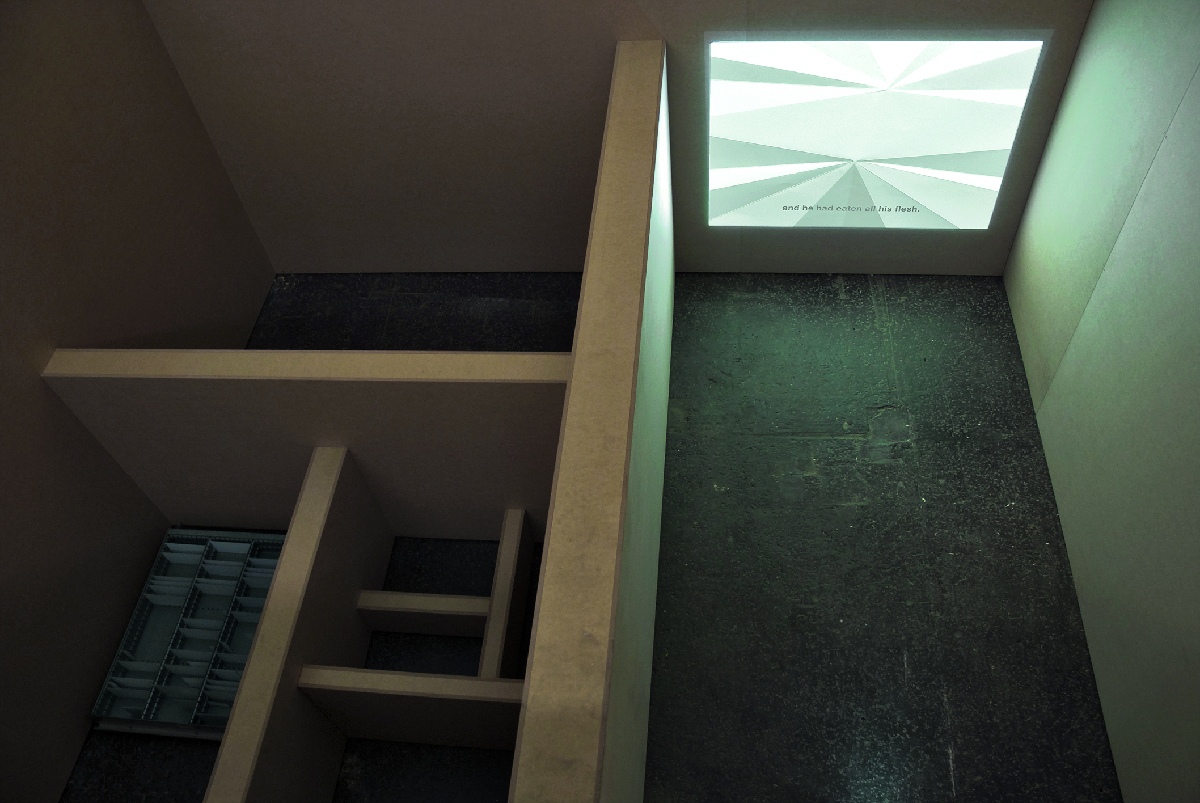
Installation view Kaleidoscopic Eye, Kunst Halle Sankt Gallen, 2009
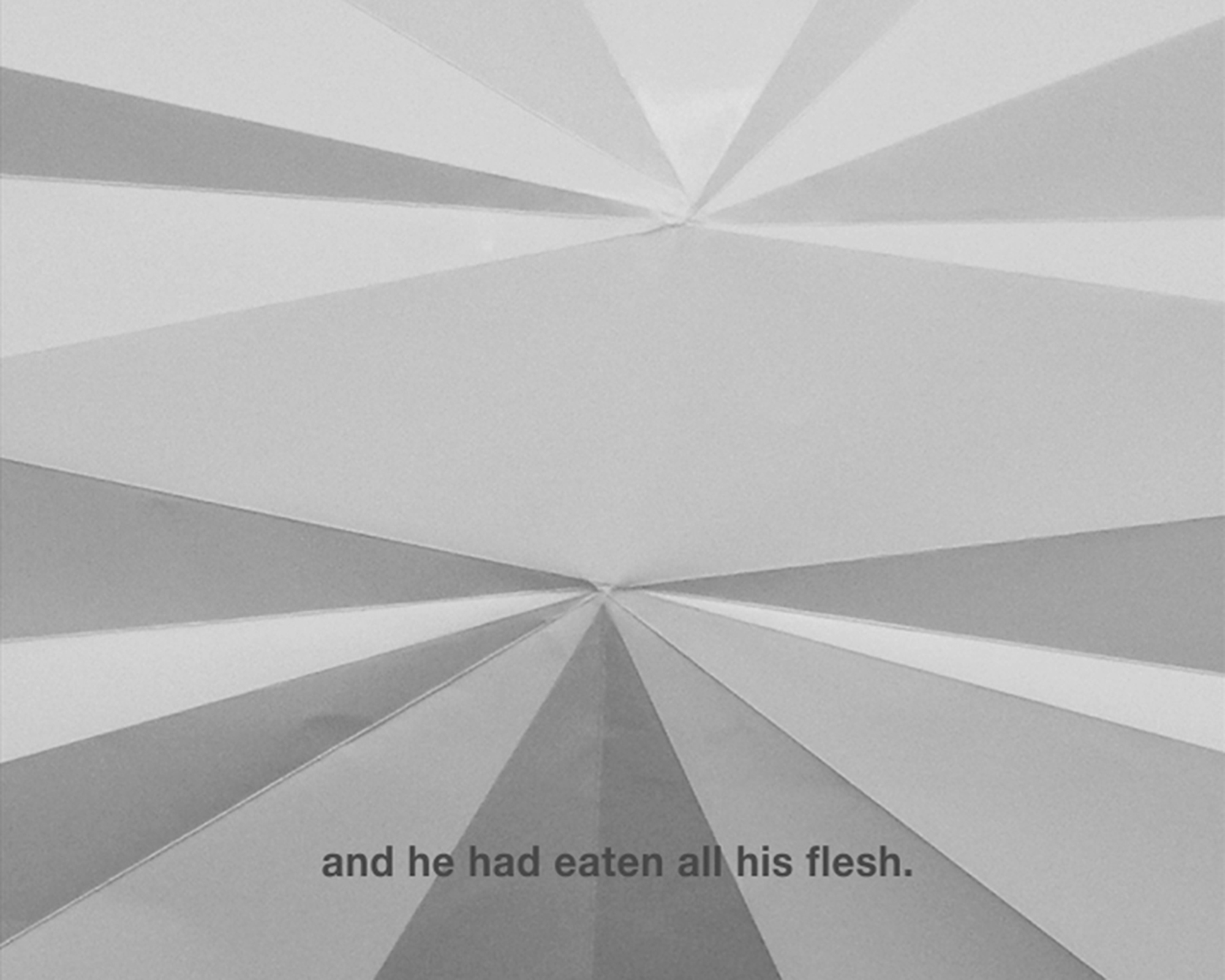
Video still: Entropology II, 2009
Black and white, english subtitles, 3min
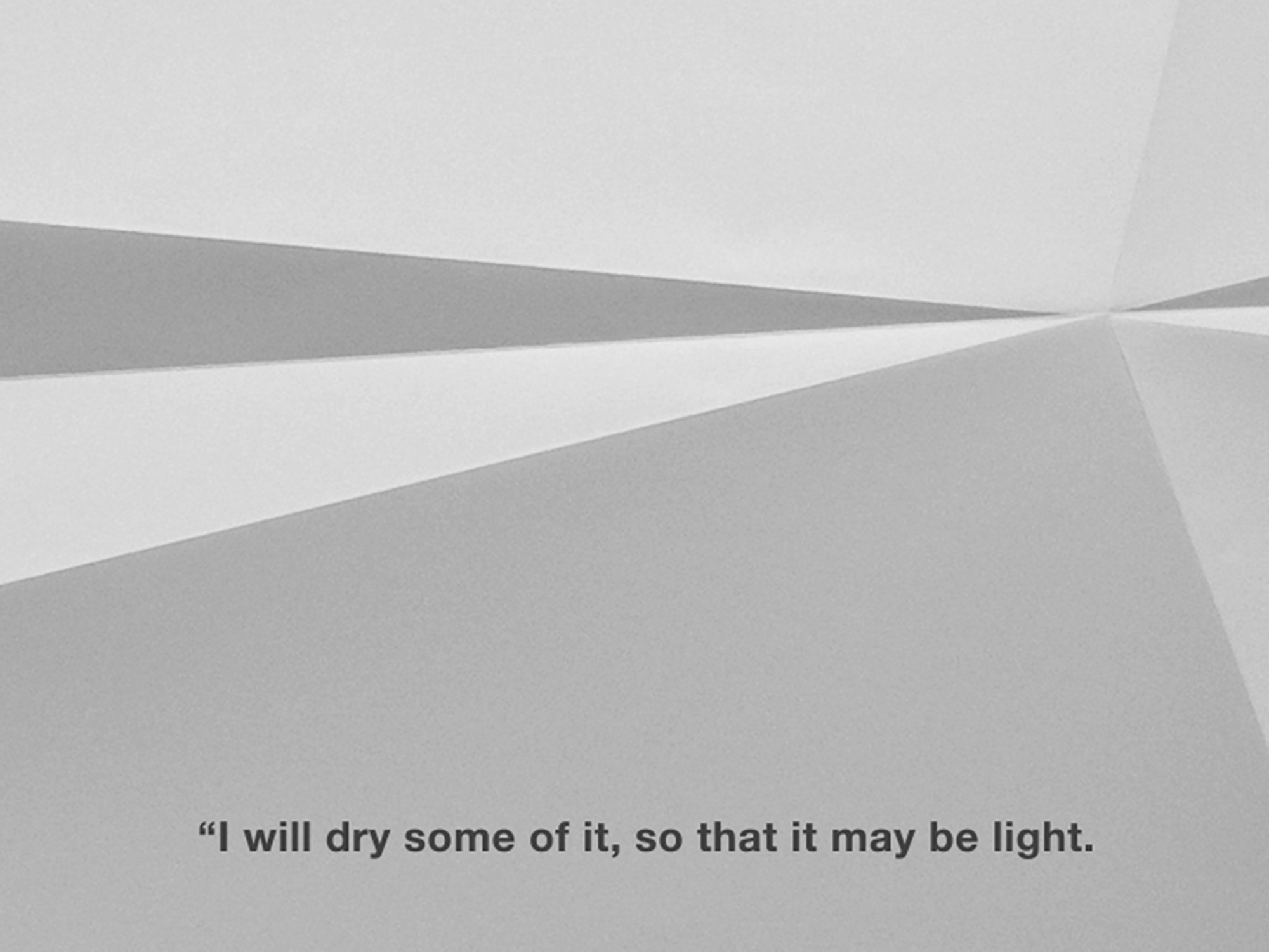
Video still: Entropology II, 2009
Black and white, english subtitles, 3min
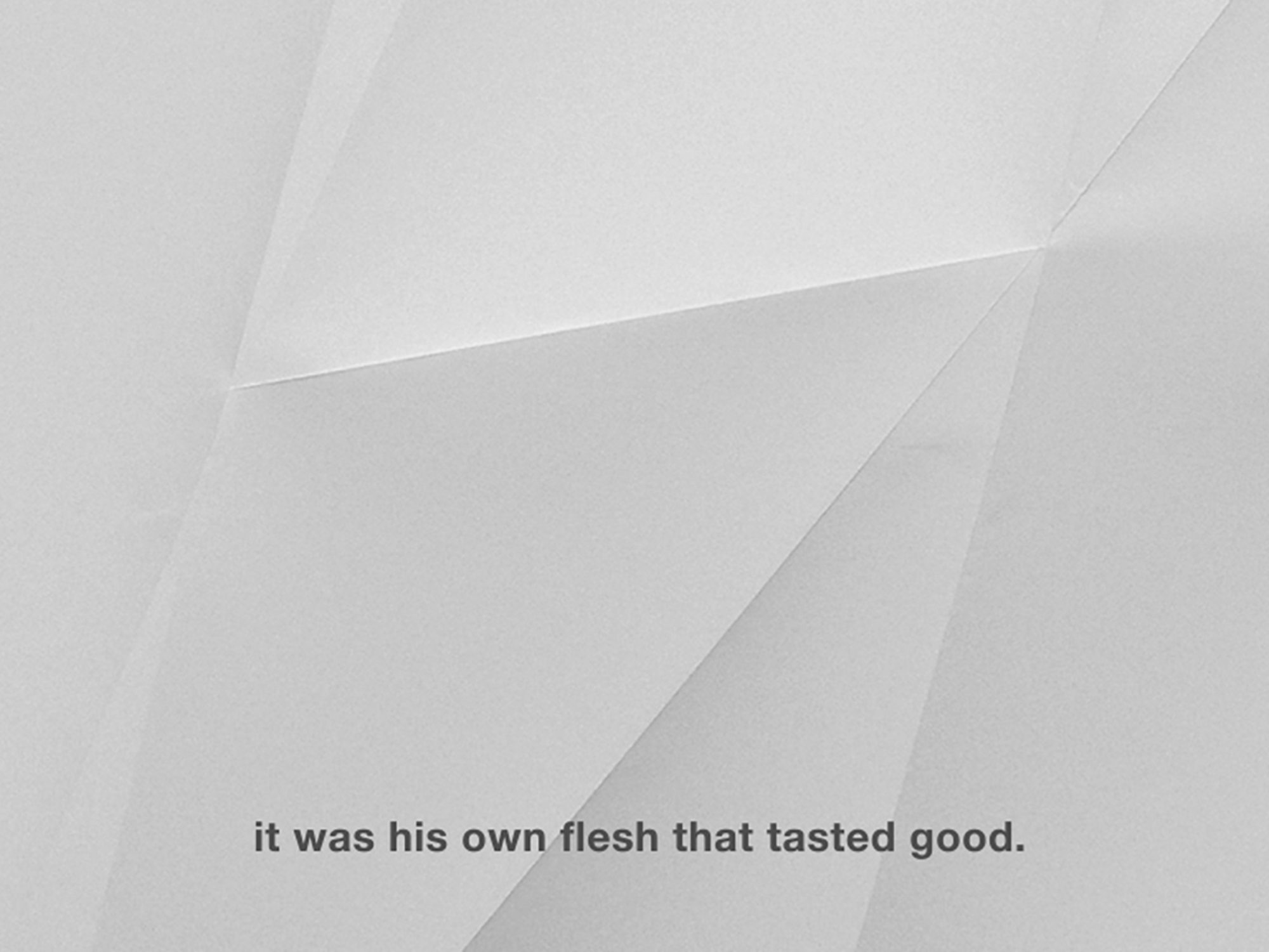
Video still: Entropology II, 2009
Black and white, english subtitles, 3min
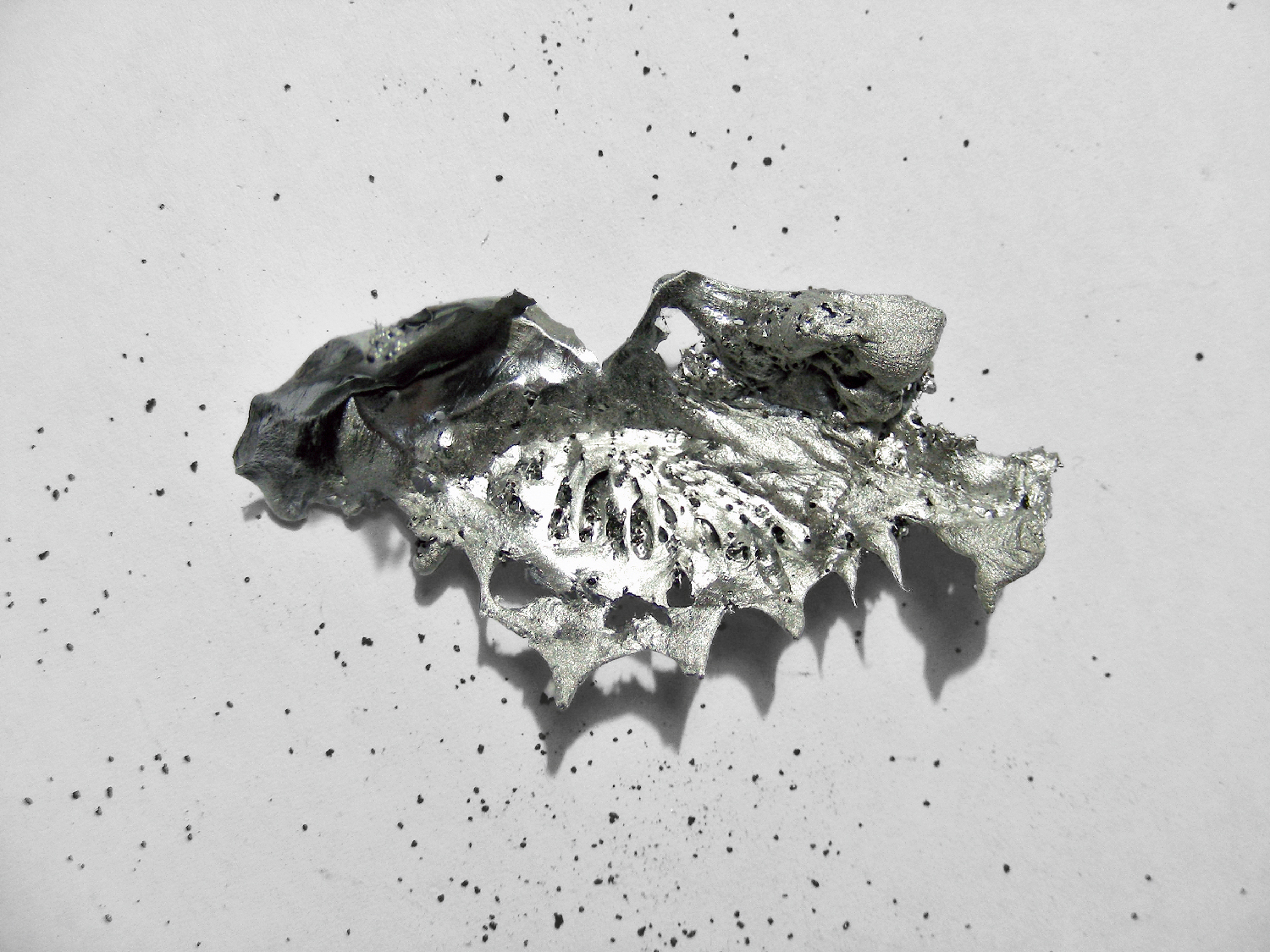
Stumbling Stones, 2009
Copper, aluminium, bronze, steel, 25 pieces
Installation view Kaleidoscopic Eye, Kunst Halle Sankt Gallen, 2009
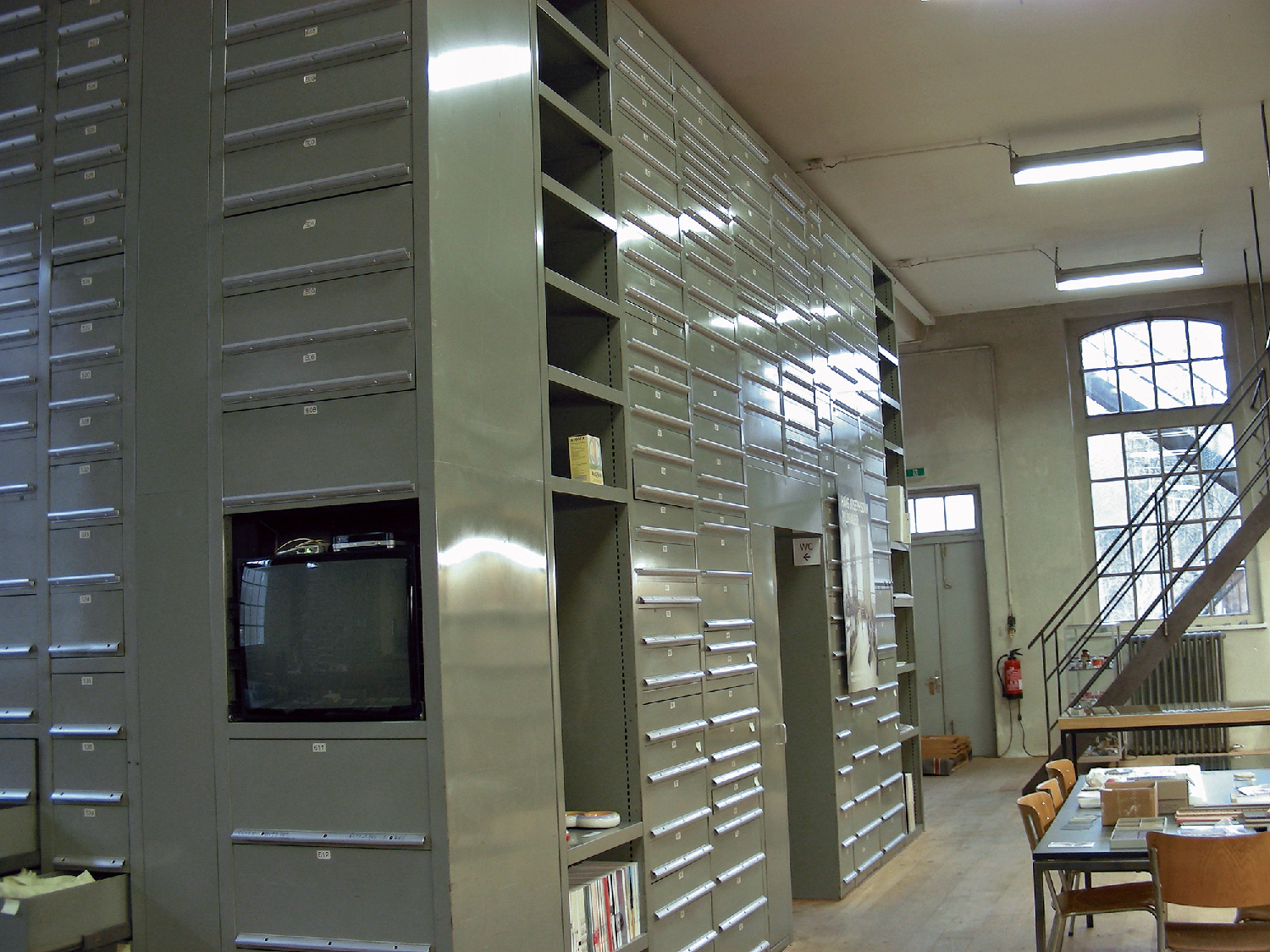
Intervention in the Material Archive at Sitterwerk, St. Gallen

Intervention in the Material Archive at Sitterwerk, St. Gallen

Intervention in the Material Archive at Sitterwerk, St. Gallen

Intervention in the Material Archive at Sitterwerk, St. Gallen

Intervention in the Material Archive at Sitterwerk, St. Gallen

Intervention in the Material Archive at Sitterwerk, St. Gallen
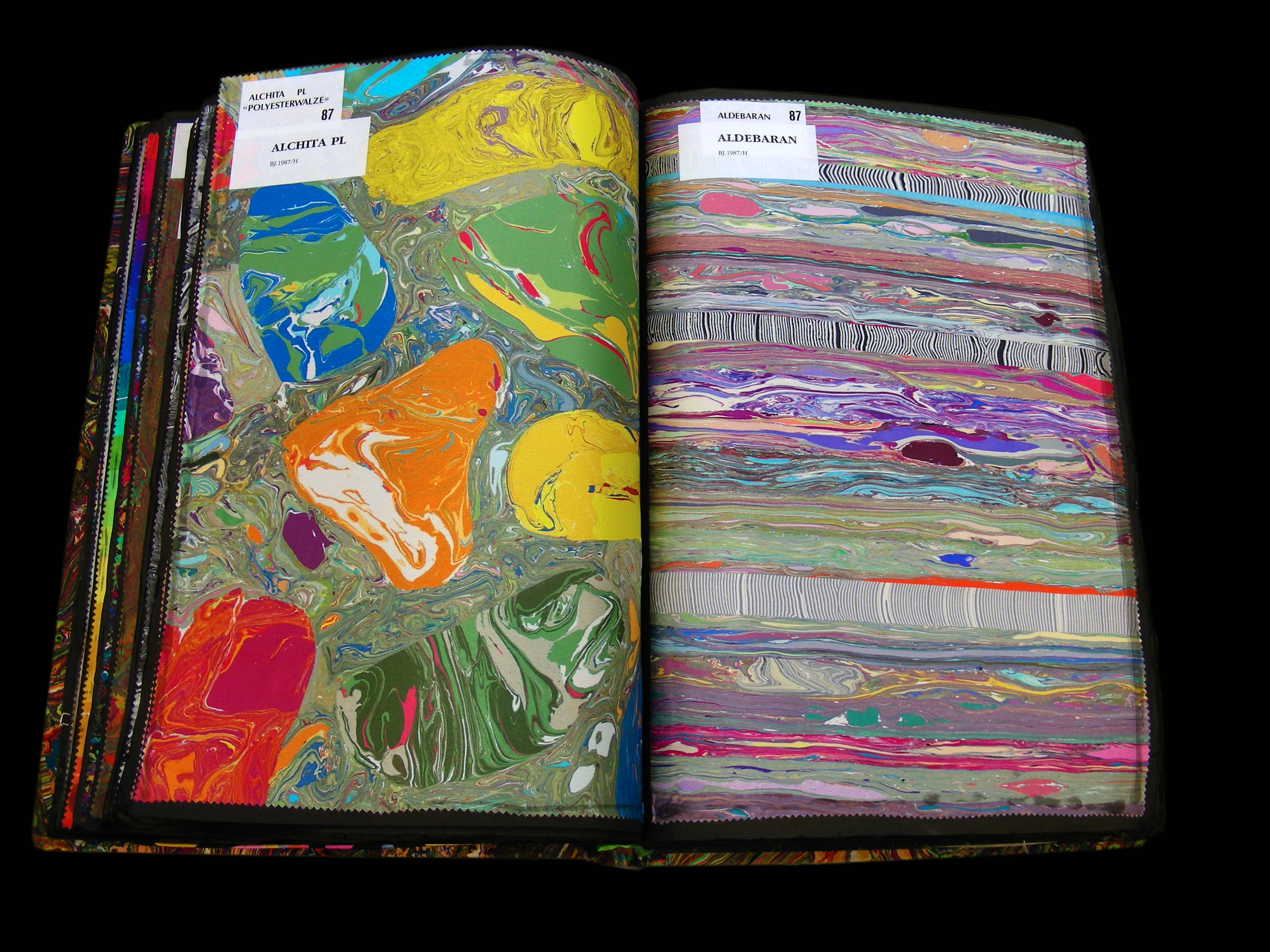
Marvel book, 2009
Textile sample book with Orbis patterns designed during the 1980s and 1990s by Jakob Schlaepfer.
Sample book from the Orbis textile patterns designed during the 80’s and 90’s by Jakob Schlaepfer, textile designer firm based in Sankt Gallen. The unique unstable process involved the mounting of many layers of fragile wax imbued with vivid pigments onto a wide metal cylinder. Once these heavy cylinders were rolled over wet fabrics the pigments were transferred. No two meters of printed fabric were alike. Each roll was exhausted after a very limited amount of meters were printed. The patterns have a psychedelic quality due to the vivacity of the motifs and the acidity of the colours.
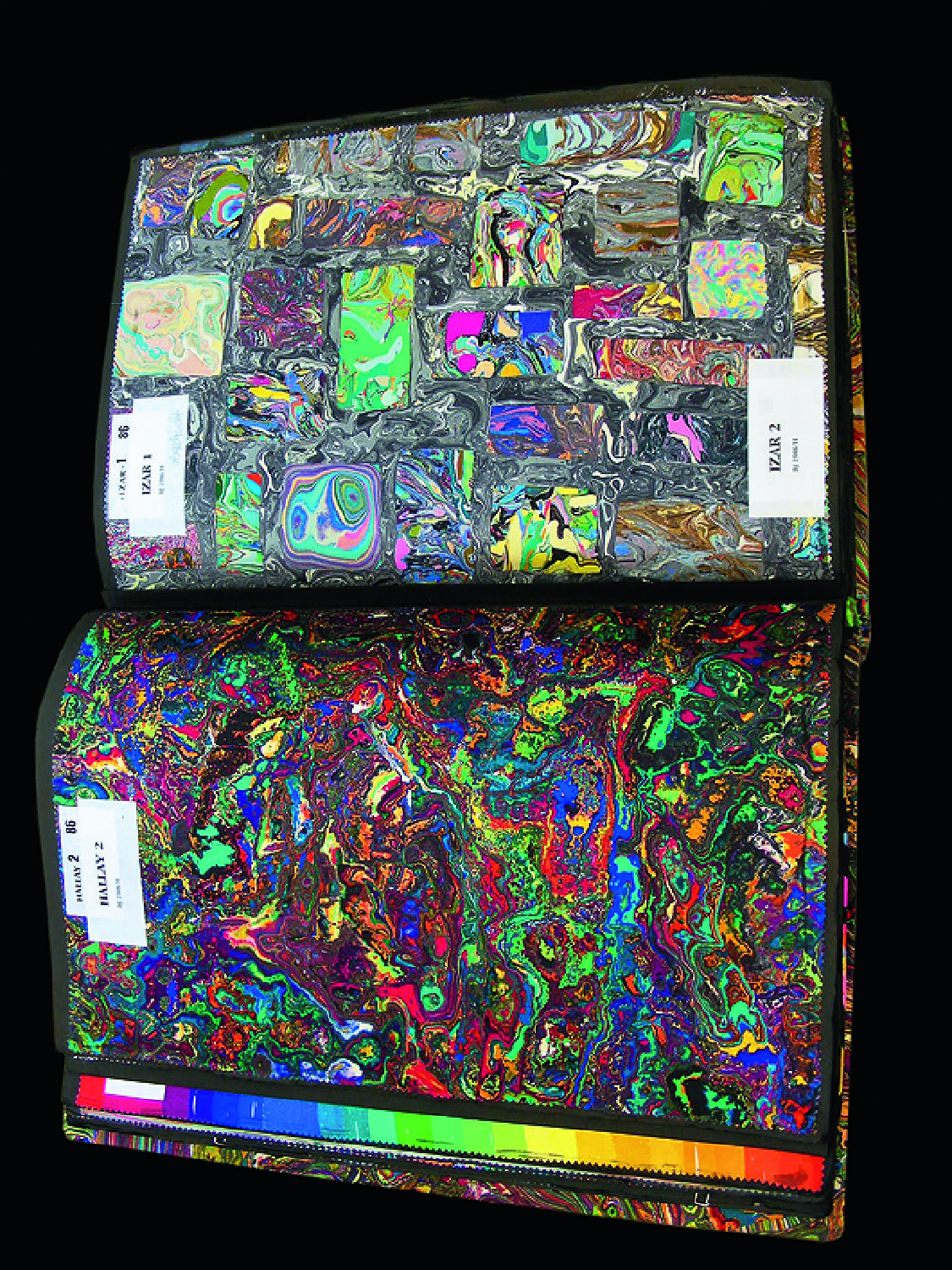
Marvel book, 2009
Textile sample book with Orbis patterns designed during the 1980s and 1990s by Jakob Schlaepfer.
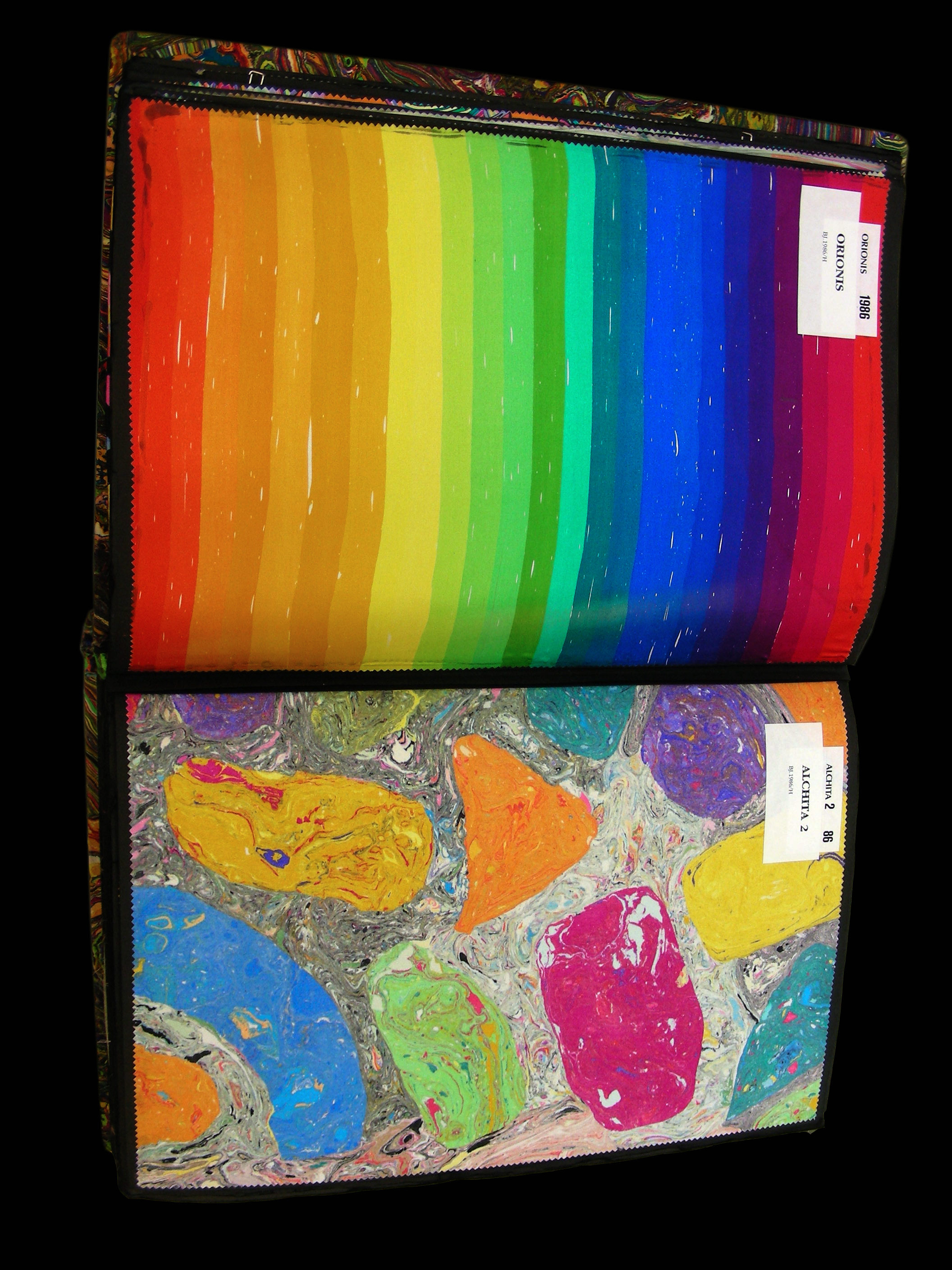
Marvel book, 2009
Textile sample book with Orbis patterns designed during the 1980s and 1990s by Jakob Schlaepfer.
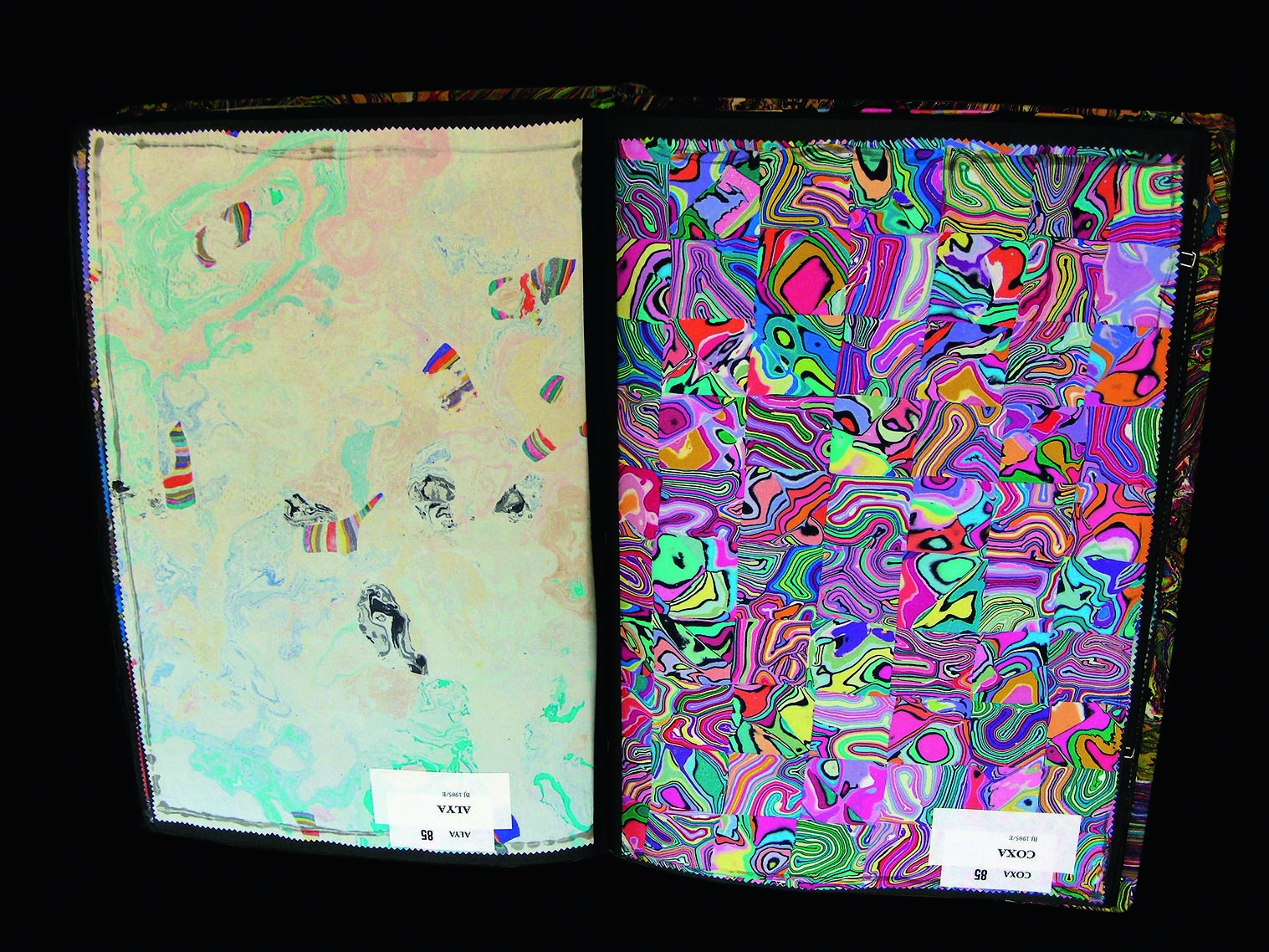
Marvel book, 2009
Textile sample book with Orbis patterns designed during the 1980s and 1990s by Jakob Schlaepfer.
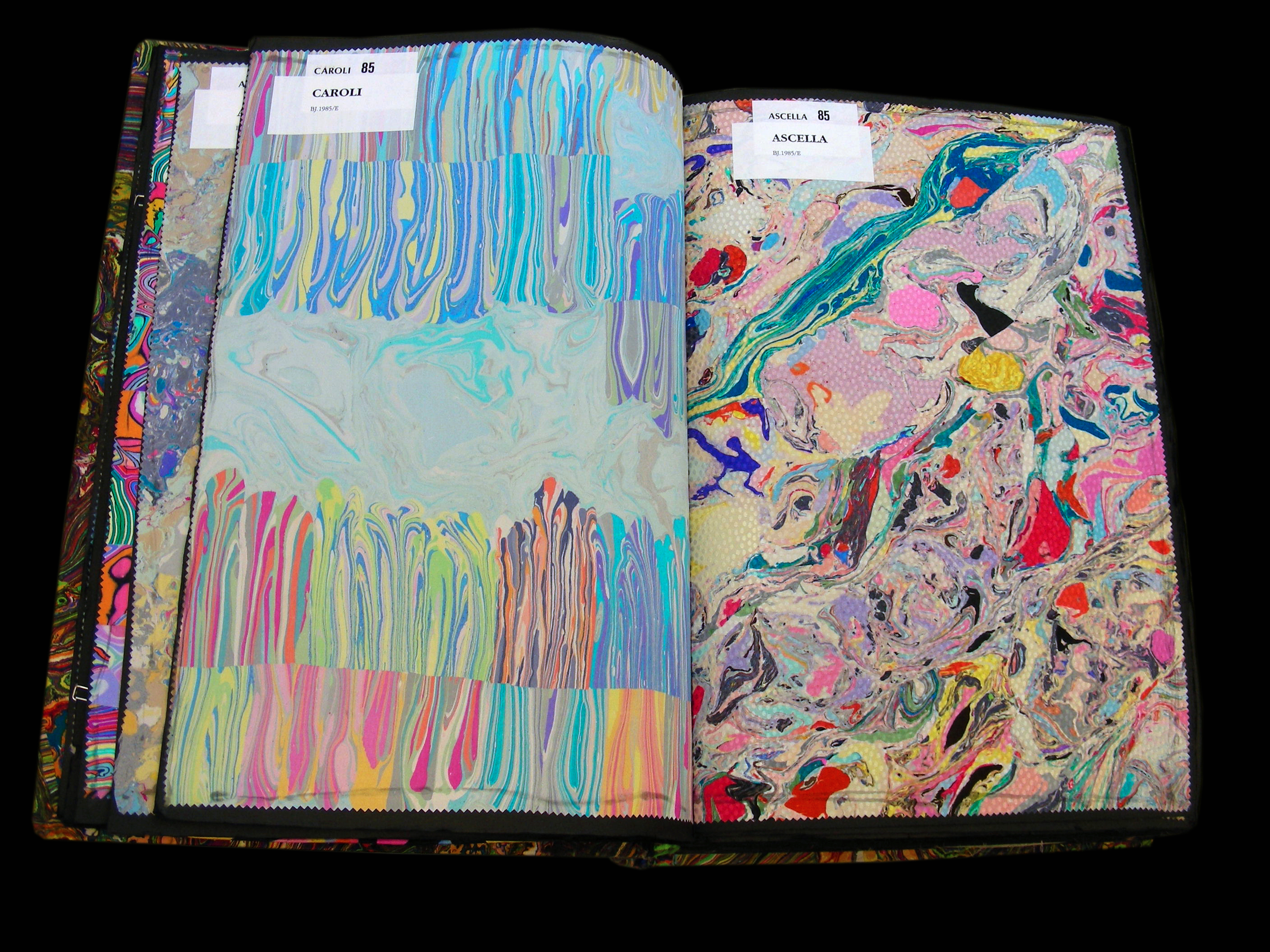
Marvel book, 2009
Textile sample book with Orbis patterns designed during the 1980s and 1990s by Jakob Schlaepfer.
Nobody was Tomorrow
Barbara Wien, Berlin, Germany
August 29 – October 4, 2008
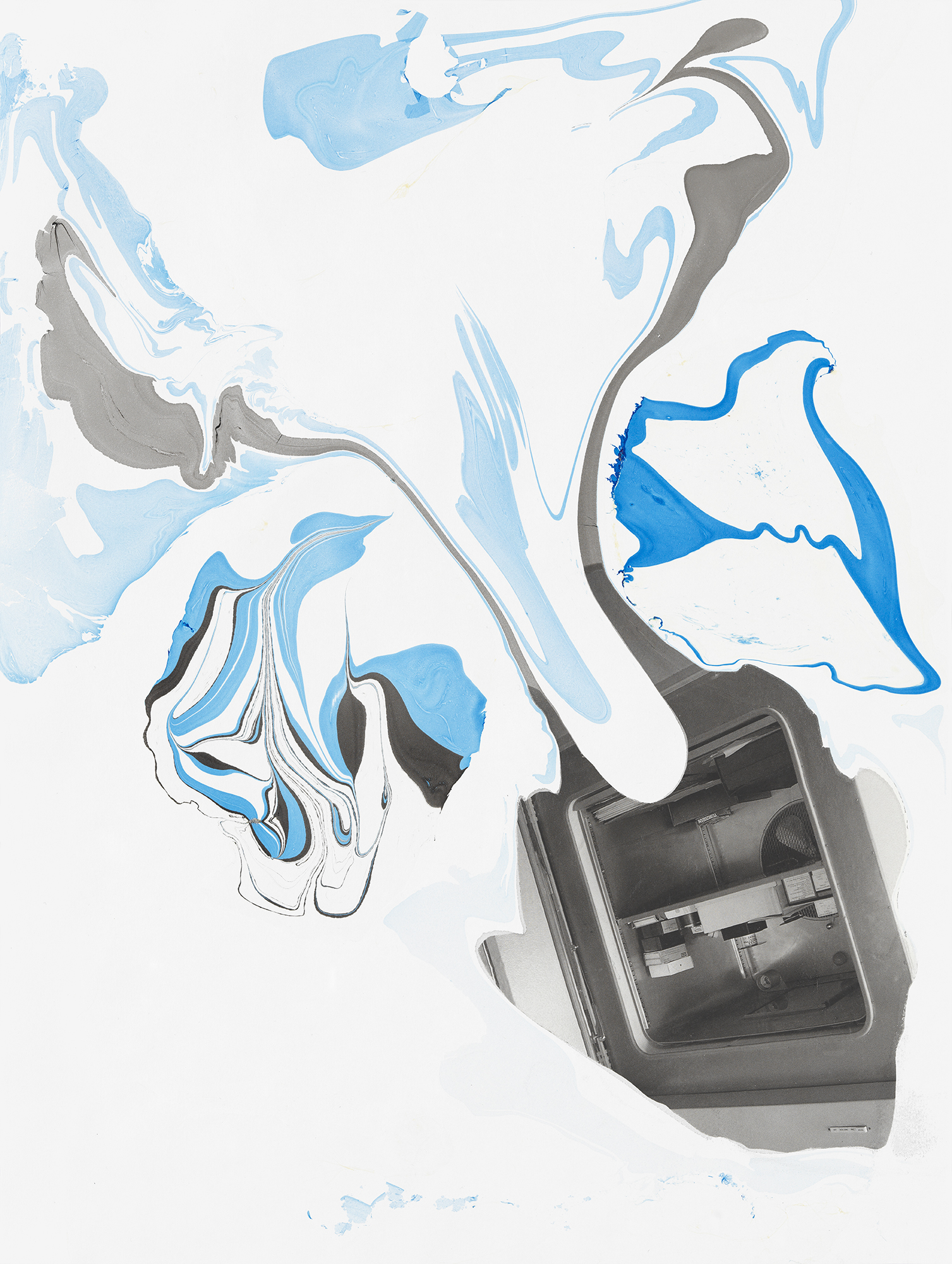
Nobody, 2008
Watercolor, photographic print on paper
59 x 42 cm
The film Nobody was Tomorrow gives voice to three inanimate characters: Nobody, an age-accelerating machine housed in the basement of the National Library of Serbia in Belgrade; a large ficus tree growing inside the House of Culture in Čačak, Serbia; and the archaeological remains of the Roman baths in Čačak.
An incinerated book in the National Library lends all three characters a common history. When the library reopened its doors following the World War II, the staff decided that a symbol was needed to commemorate the atrocities committed against knowledge in the past. For this purpose, a book was aged in Nobody by two hundred fifty years, sending it to the future as a relic, encapsulating the fictional memories of the characters, and becoming an artificial reminder of time.
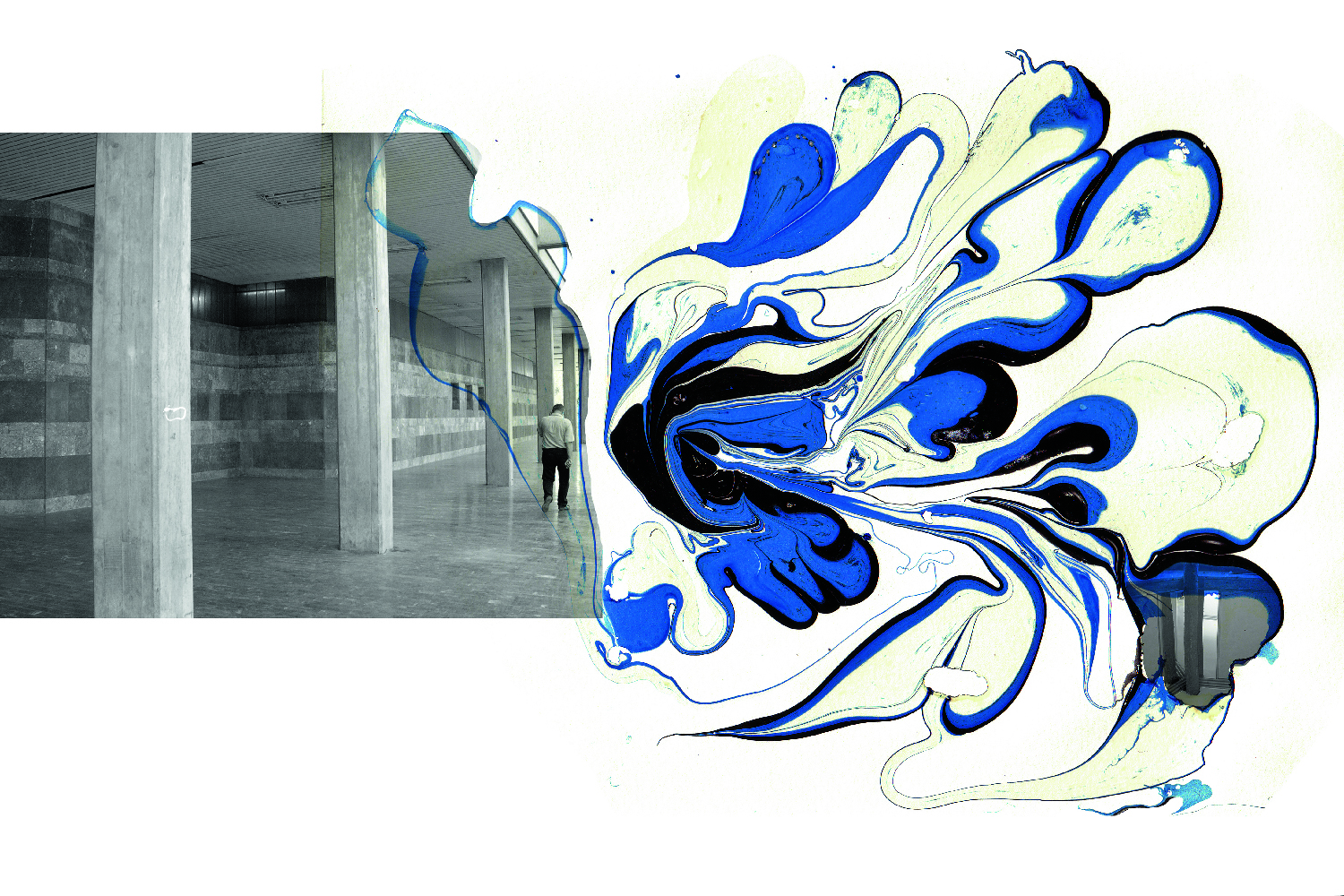
Video still Nobody was Tomorrow, 2007
Color, sound. Serbian with English subtitles, 15:42 min
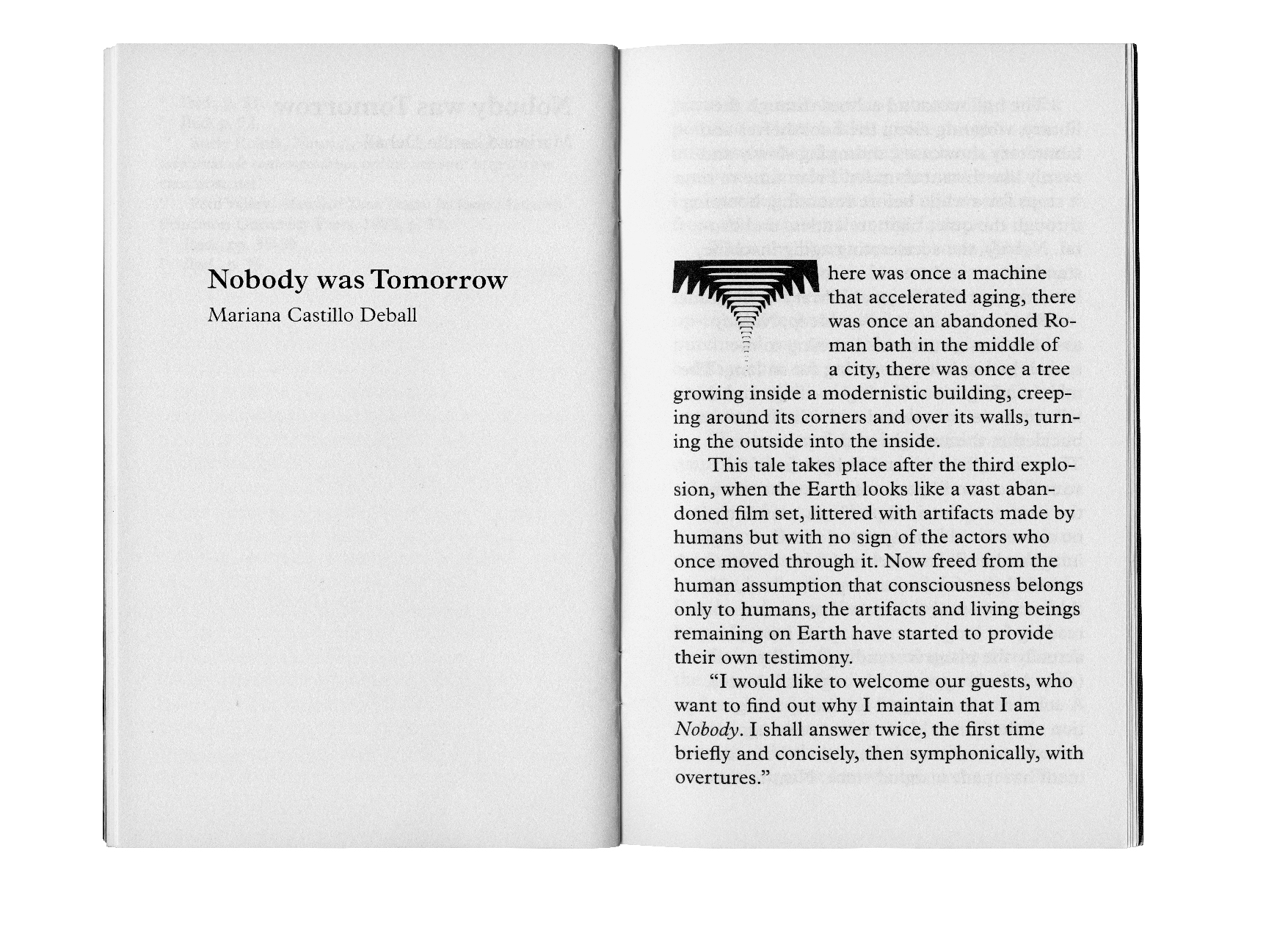
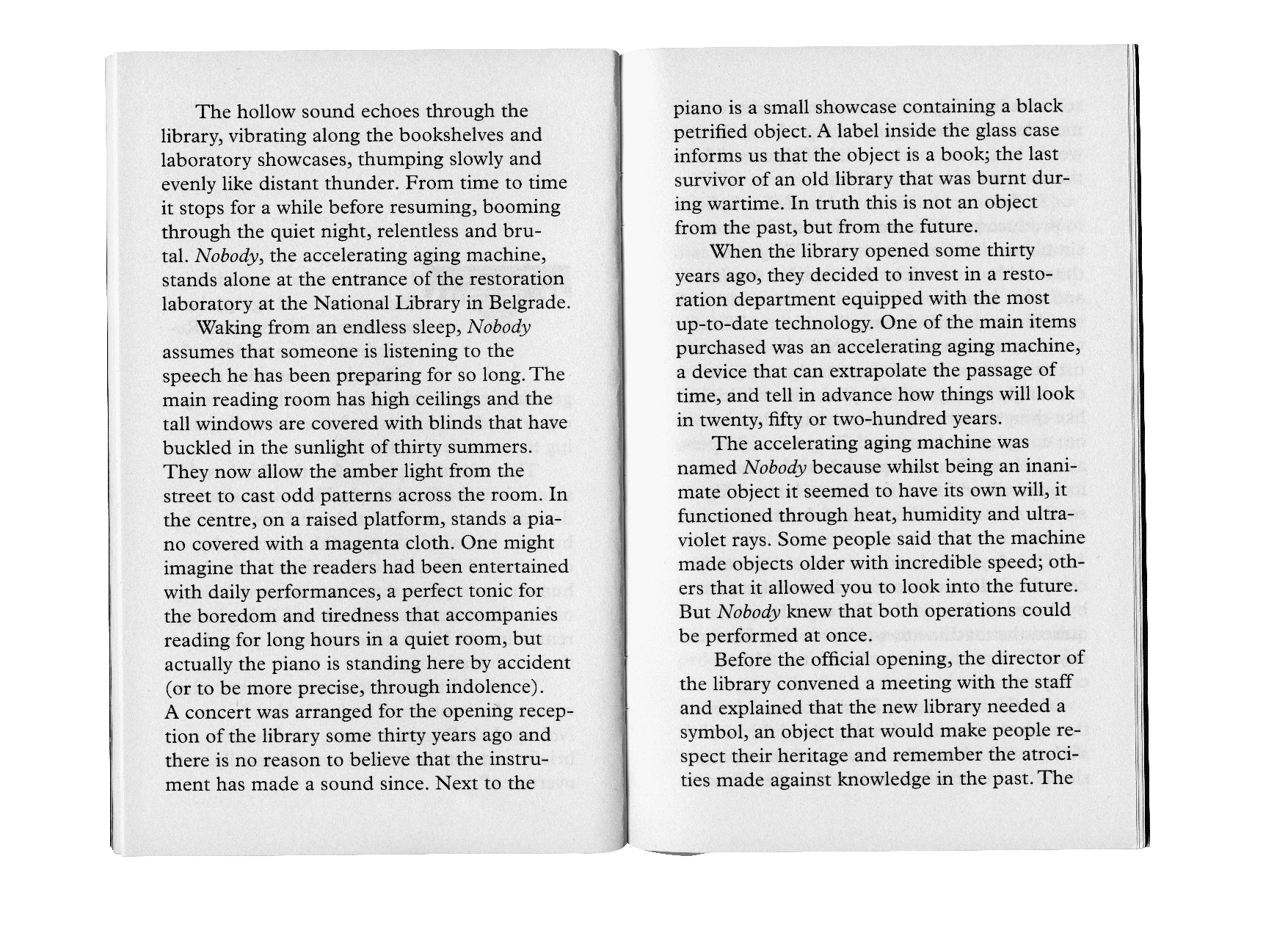
Excerpt: Mariana Castillo Deball, "Nobody was Tomorrow", in: Mariana Castillo Deball, Kaleidoscopic Eye, Kunst Halle Sankt Gallen, 2009
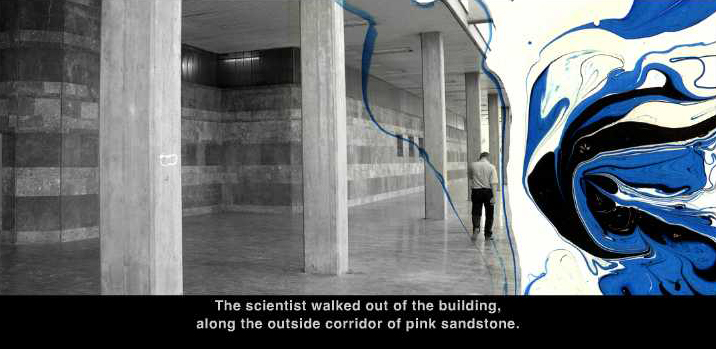
Video still Nobody was Tomorrow, 2007
Color, sound. Serbian with English subtitles, 15:42 min
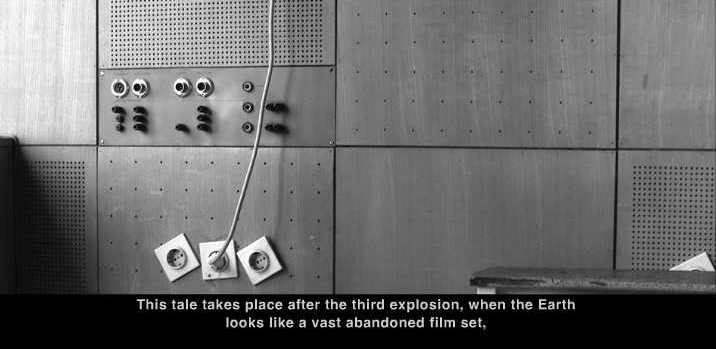
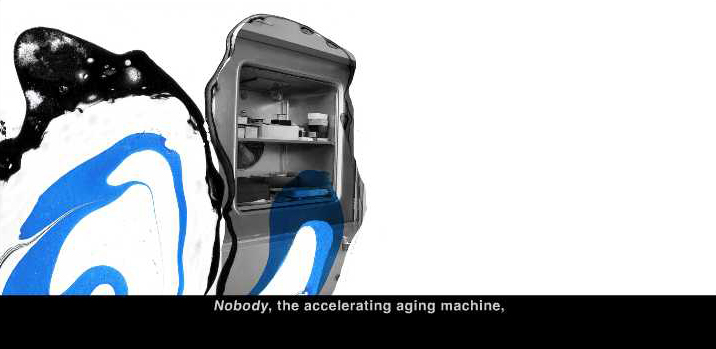
Video still Nobody was Tomorrow, 2007
Color, sound. Serbian with English subtitles, 15:42 min
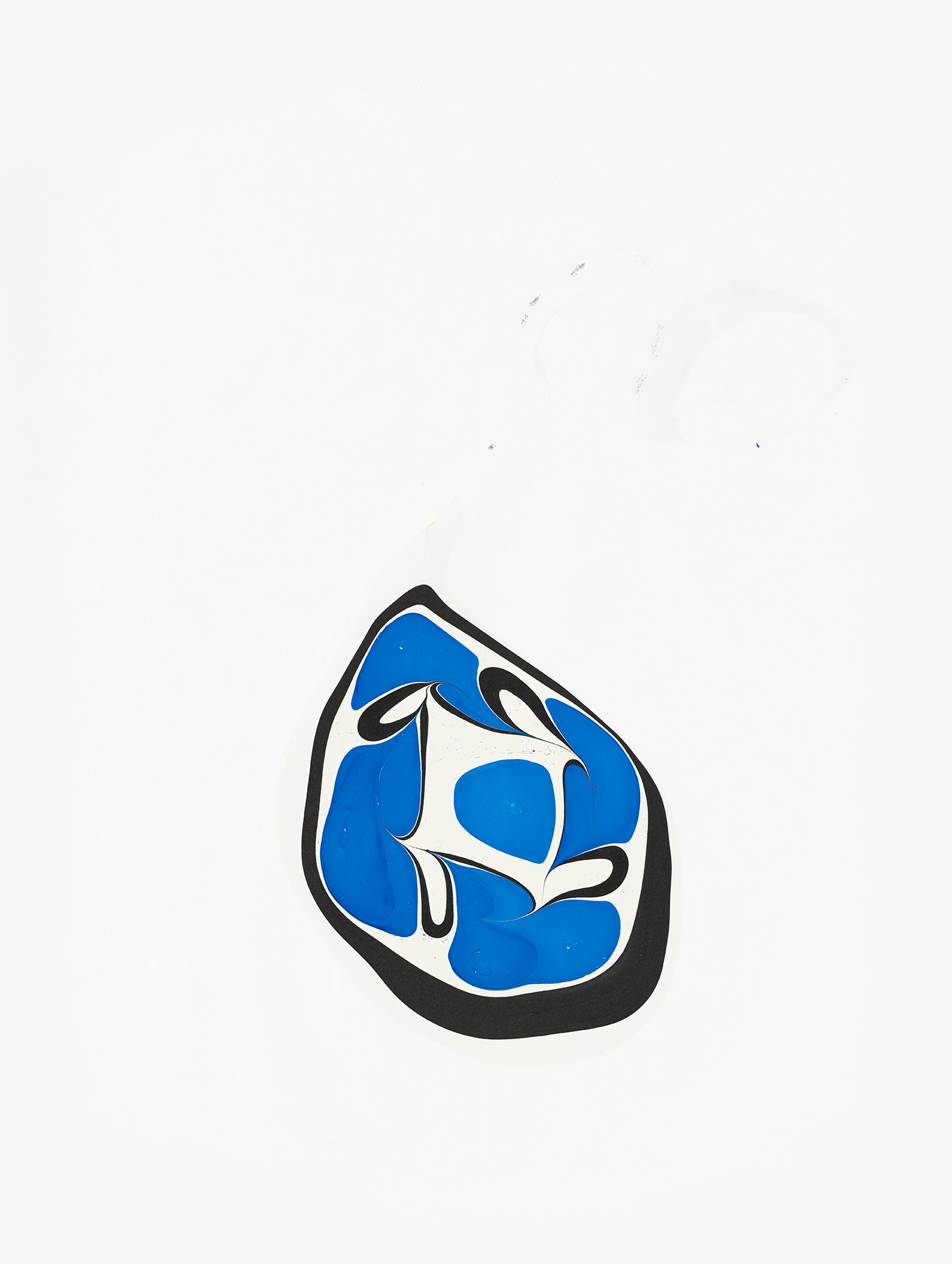
Nobody, 2008
Watercolor, photographic print on paper
59 x 42 cm
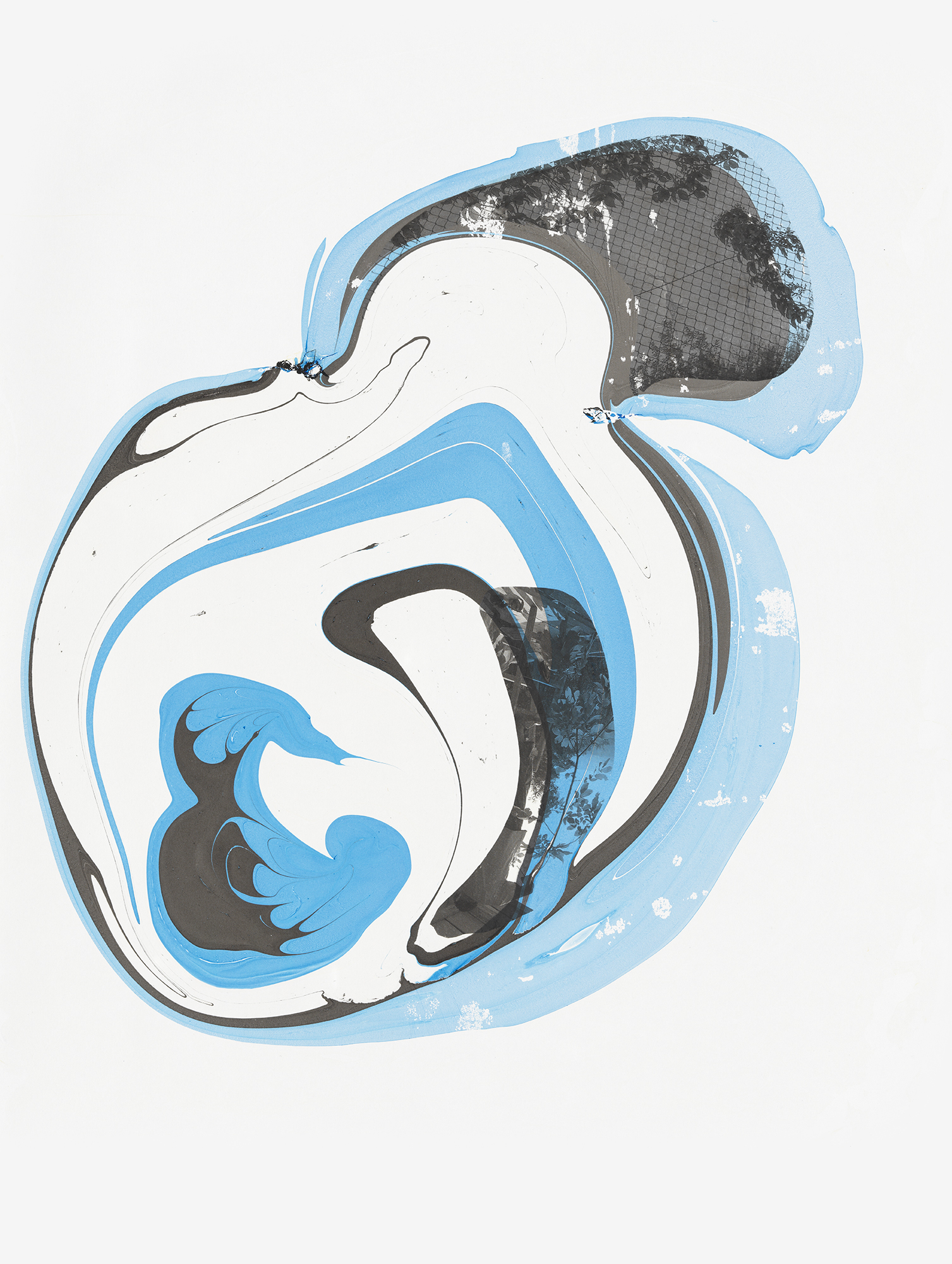
Nobody, 2008
Watercolor, photographic print on paper
59 x 42 cm

Nobody, 2008
Watercolor, photographic print on paper
59 x 42 cm
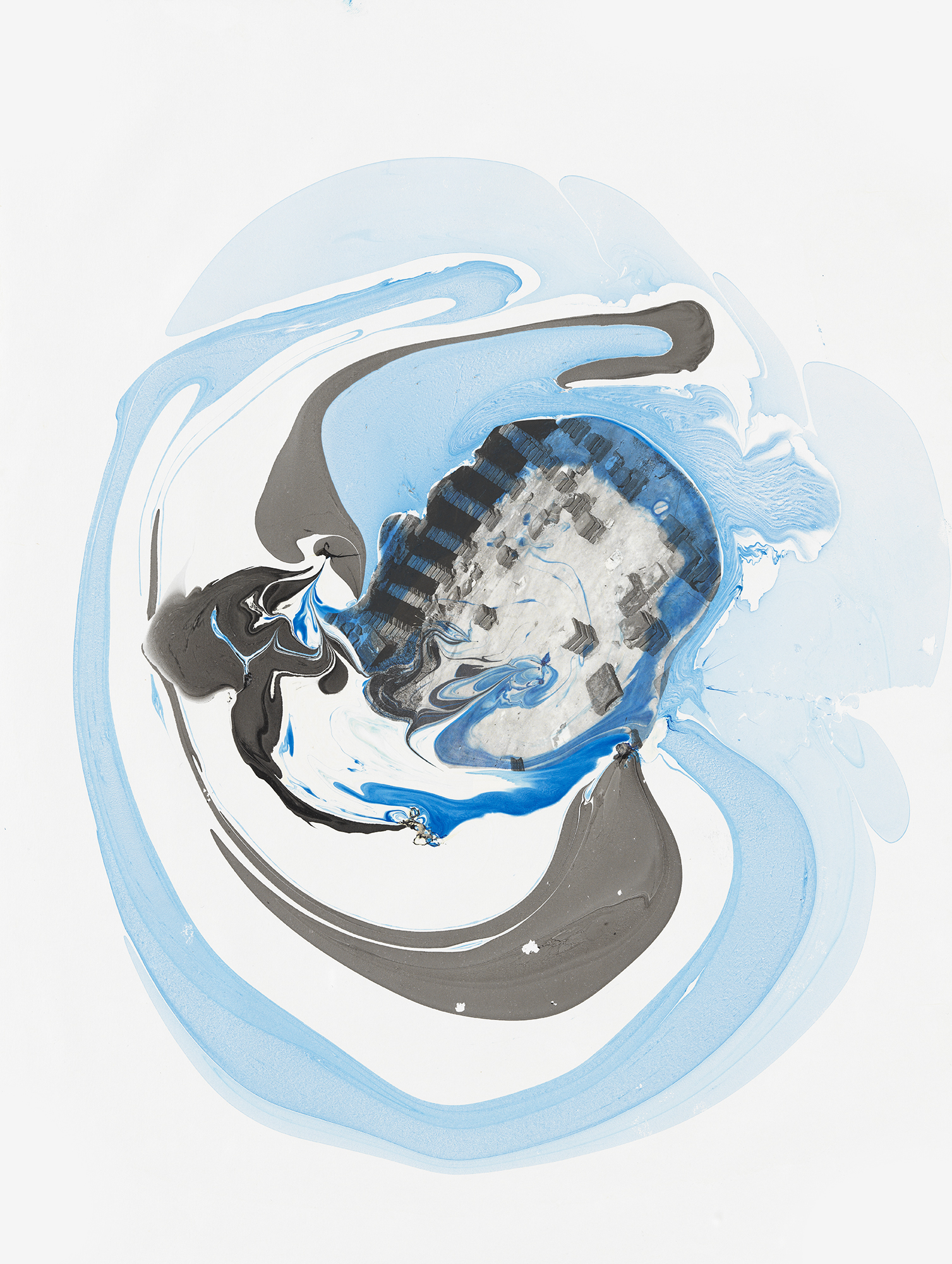
Nobody, 2008
Watercolor, photographic print on paper
59 x 42 cm
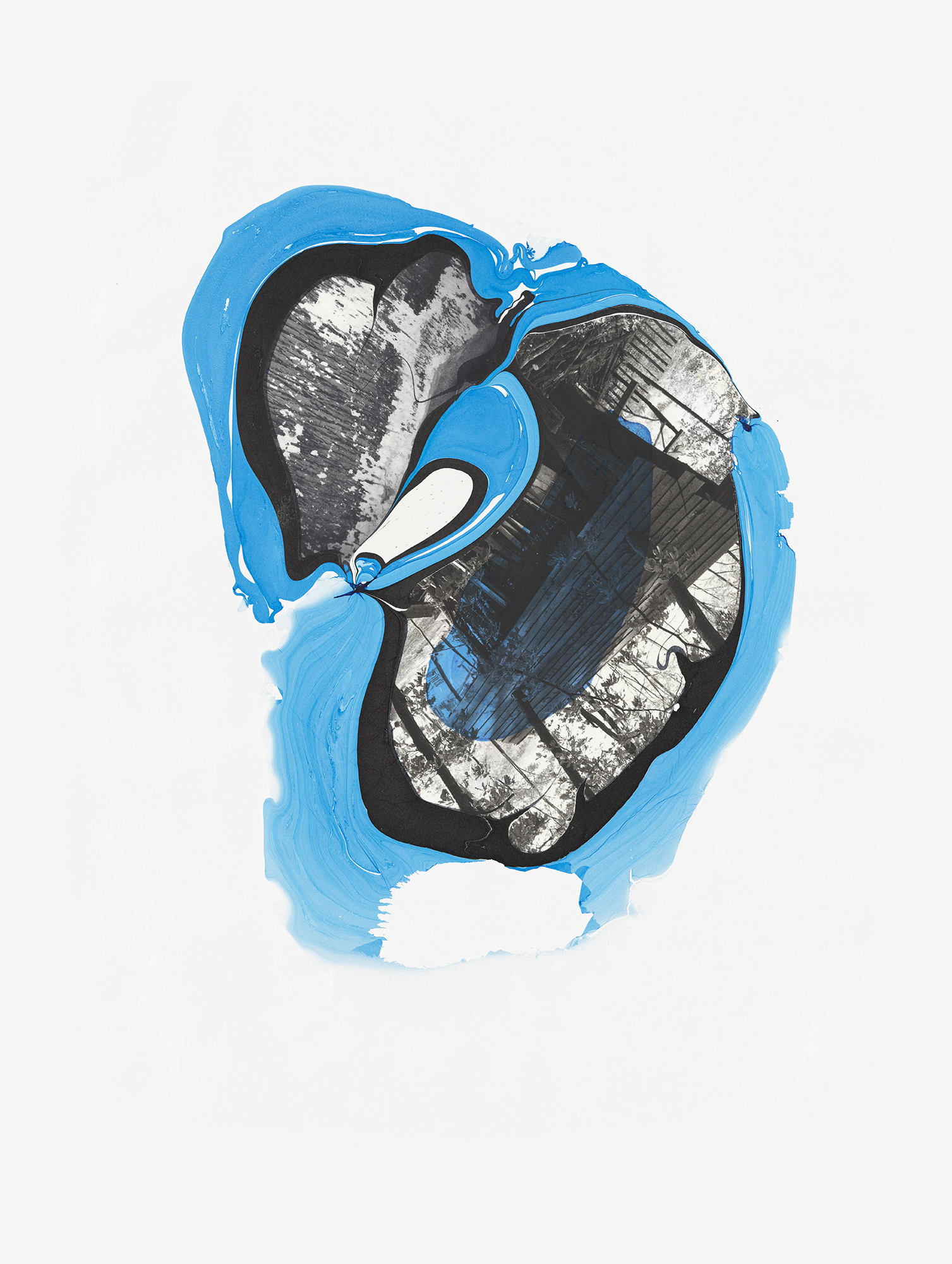
Nobody, 2008
Watercolor, photographic print on paper
59 x 42 cm
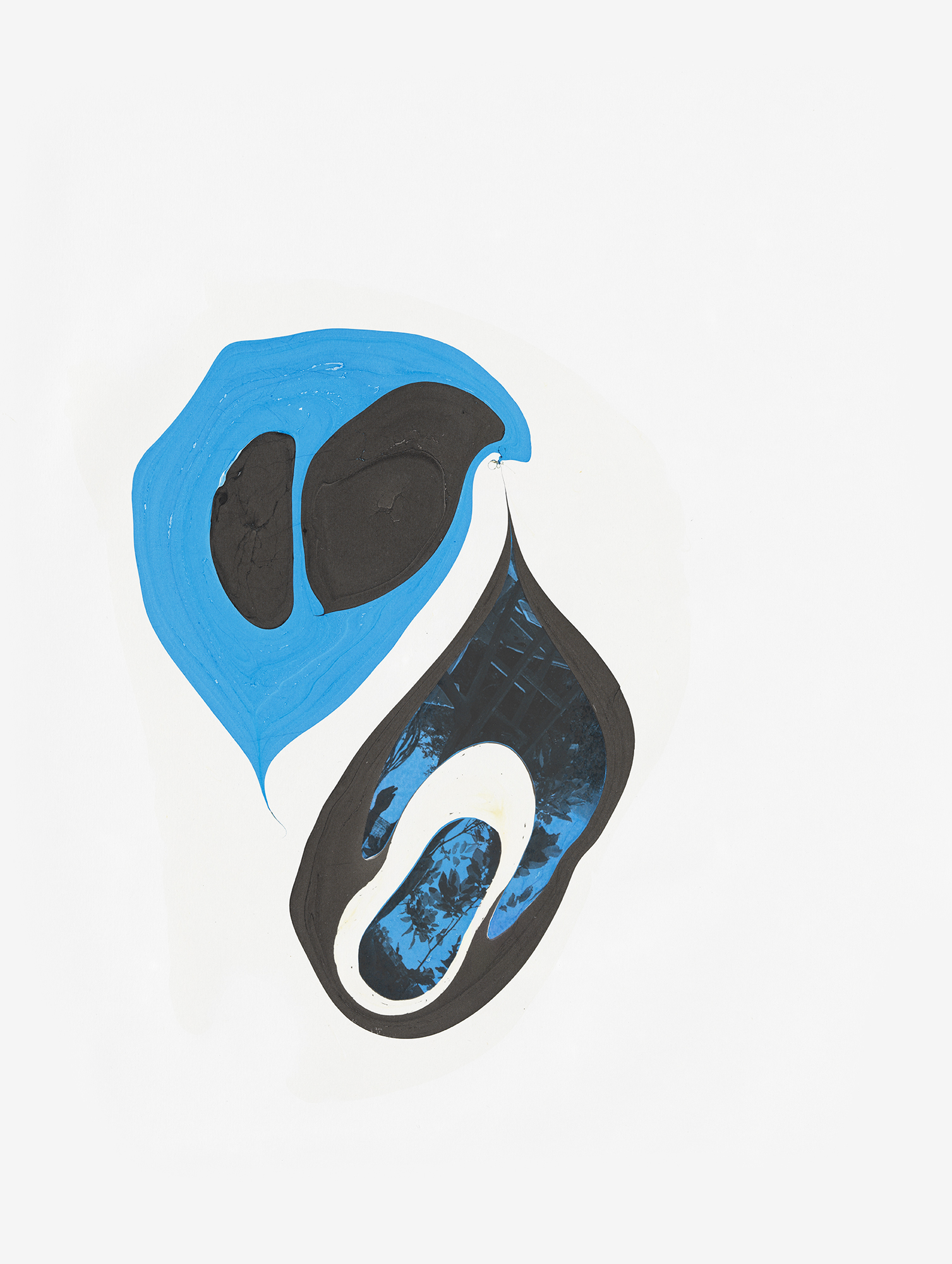

Nobody, 2008
Watercolor, photographic print on paper
59 x 42 cm
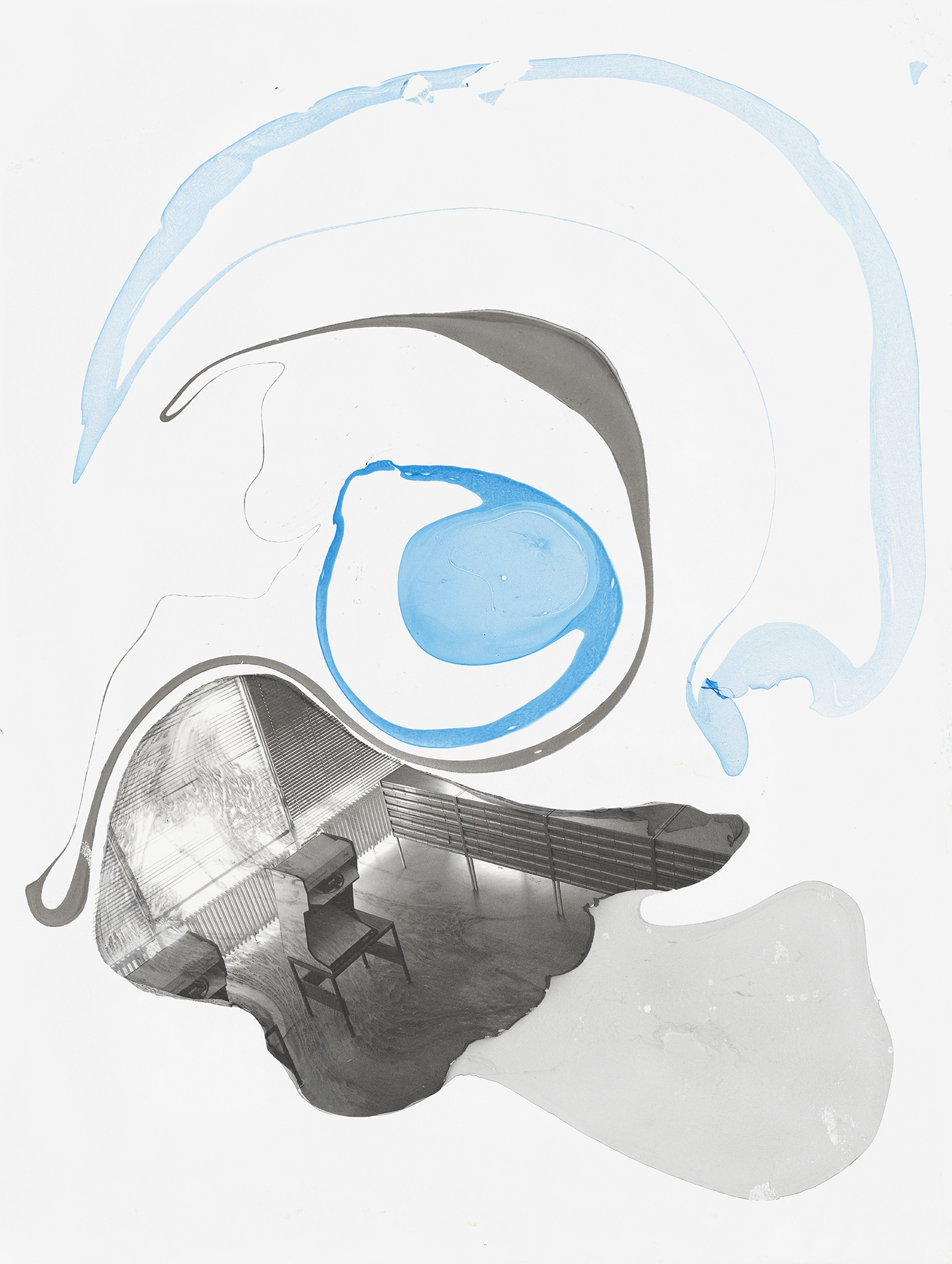
Nobody, 2008
Watercolor, photographic print on paper
59 x 42 cm
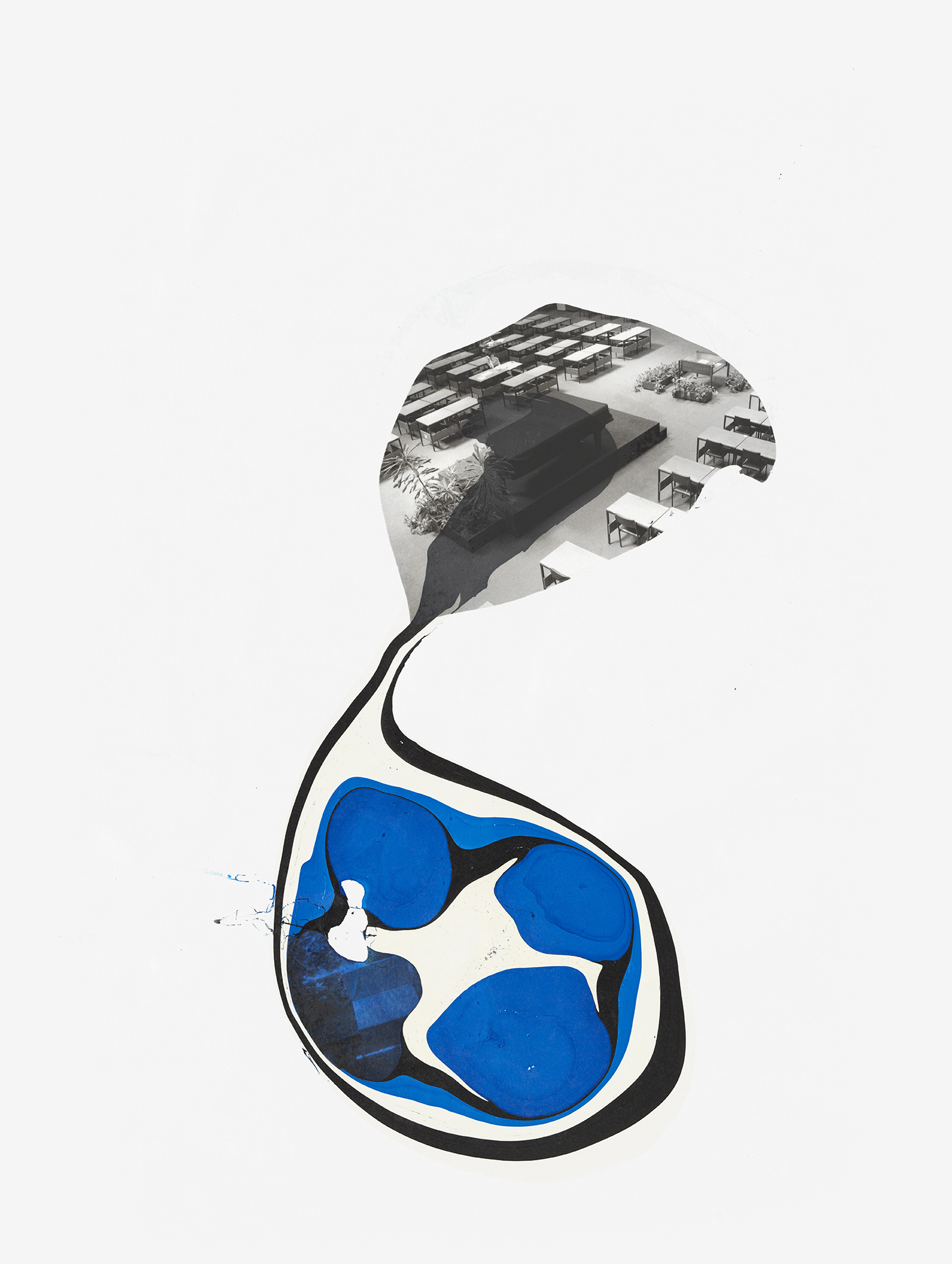
Nobody, 2008
Watercolor, photographic print on paper
59 x 42 cm

Falschgesichter (2008)
The departure point of this paper work serie is the book Exotic Masks, published in Germany in 1953. Deball replaces the structure of the each mask through foldings. The original images of the masks vanished. It remains an abstract image on glossy folded paper in the size of the book and the ethnographic description of the mask.
Ethnographic objects often serve as the ideal blank screen upon which all sorts of fantasies may be projected – nationalistic, imperialistic, romantic or rational ones. In all of these instances, the end results tell us little about the objects or their builders, and much about the needs, concerns and ideals of those engaged in these projections.
In the case of the Falschgesichter paper works, the attention is directed toward this very practice of projection and its workings.
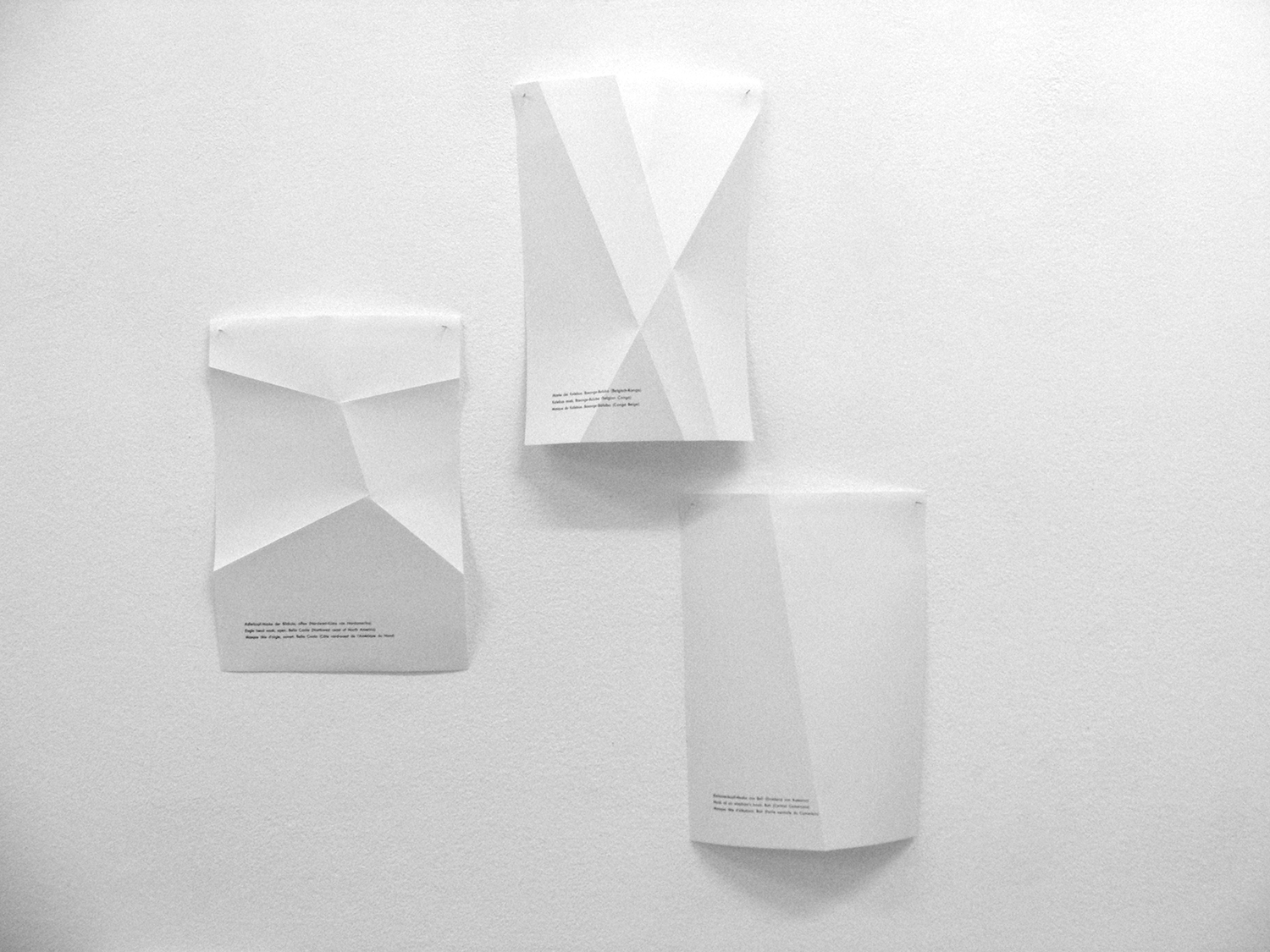
BLACKBOXING
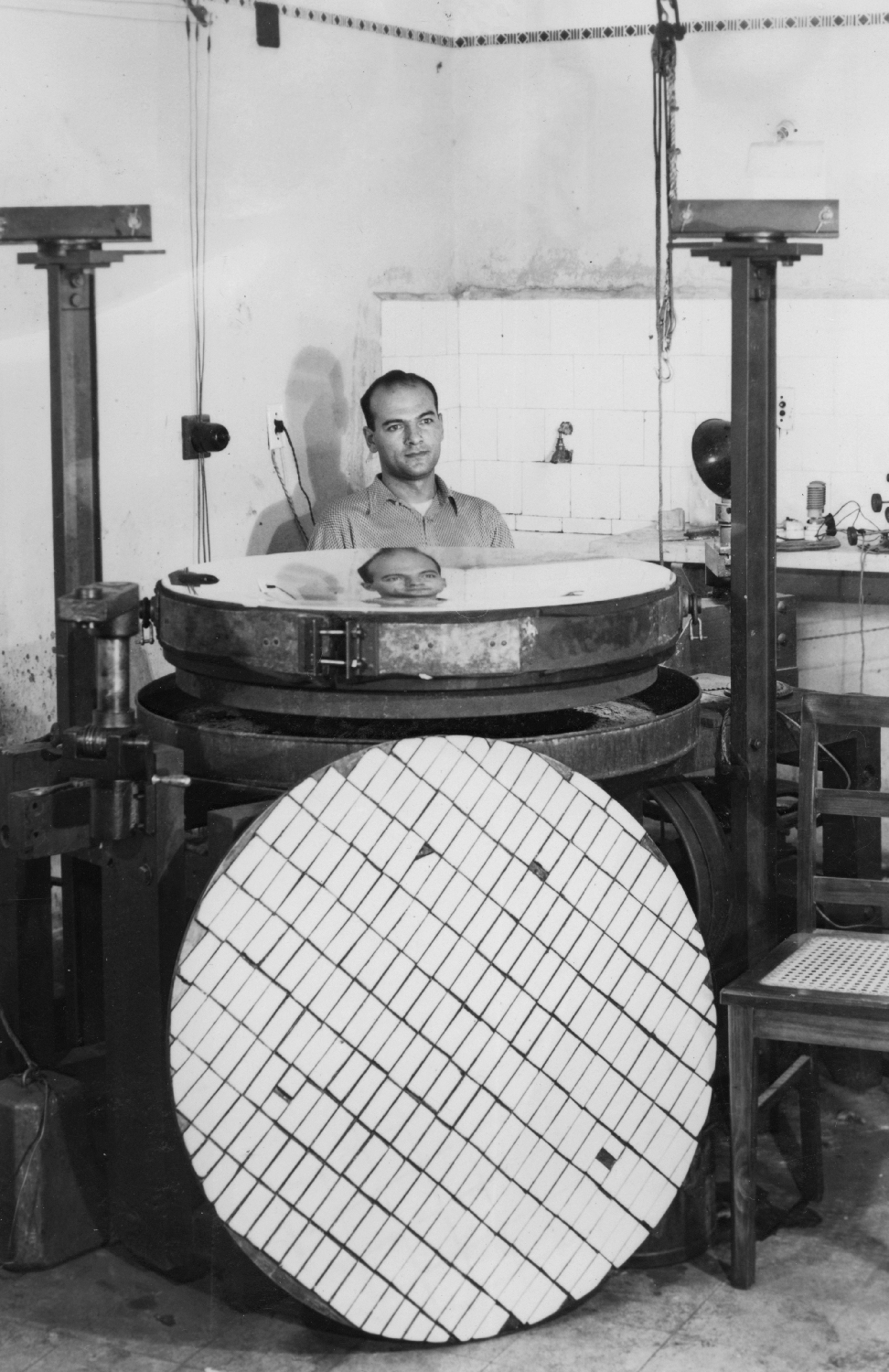
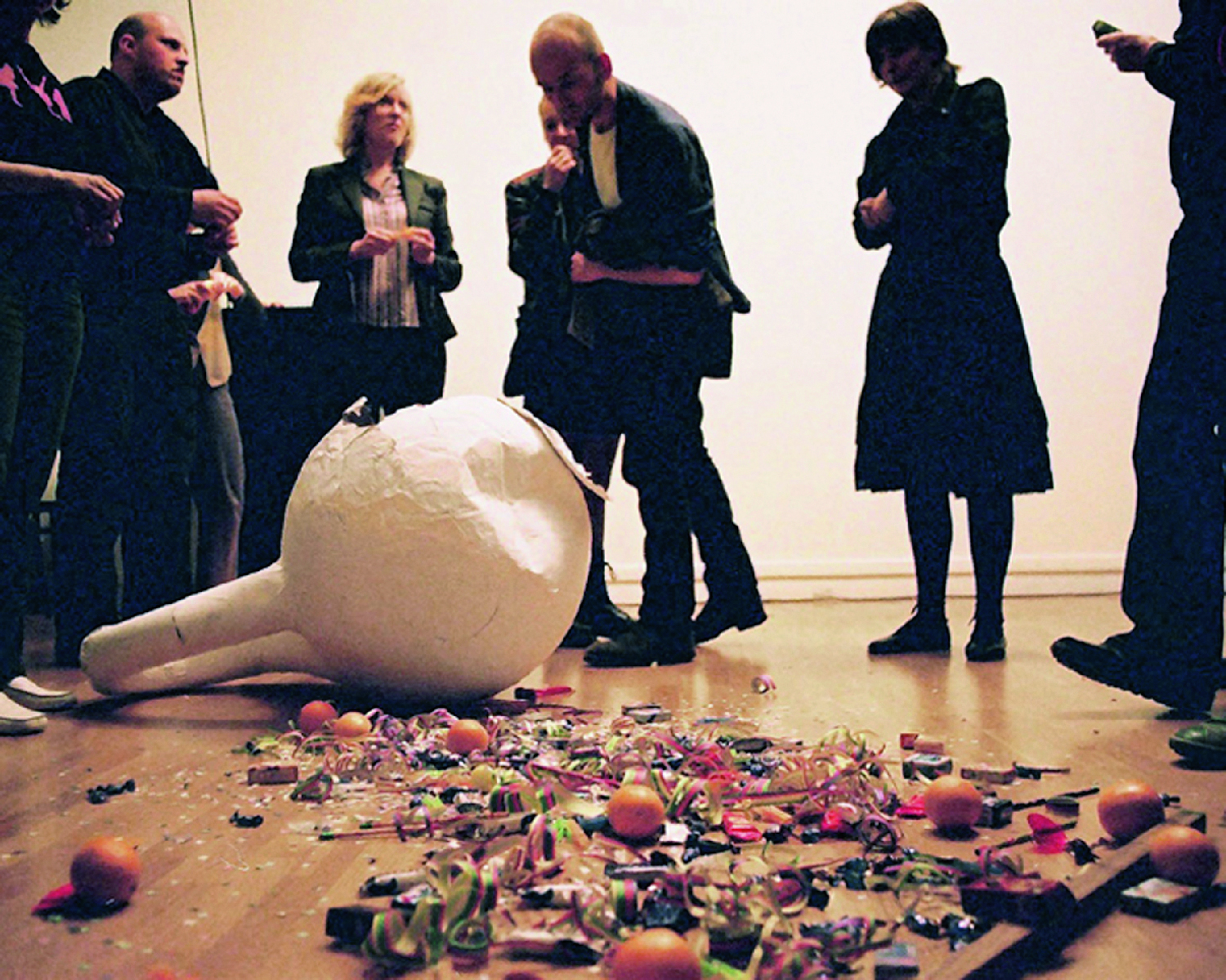
Klein bottle Piñata, Lecture performance, Festival a/d Werf, Utrecht, 2005

Klein bottle Piñata, Lecture performance, Festival a/d Werf, Utrecht, 2005

Klein bottle Piñata, Lecture performance, Festival a/d Werf, Utrecht, 2005
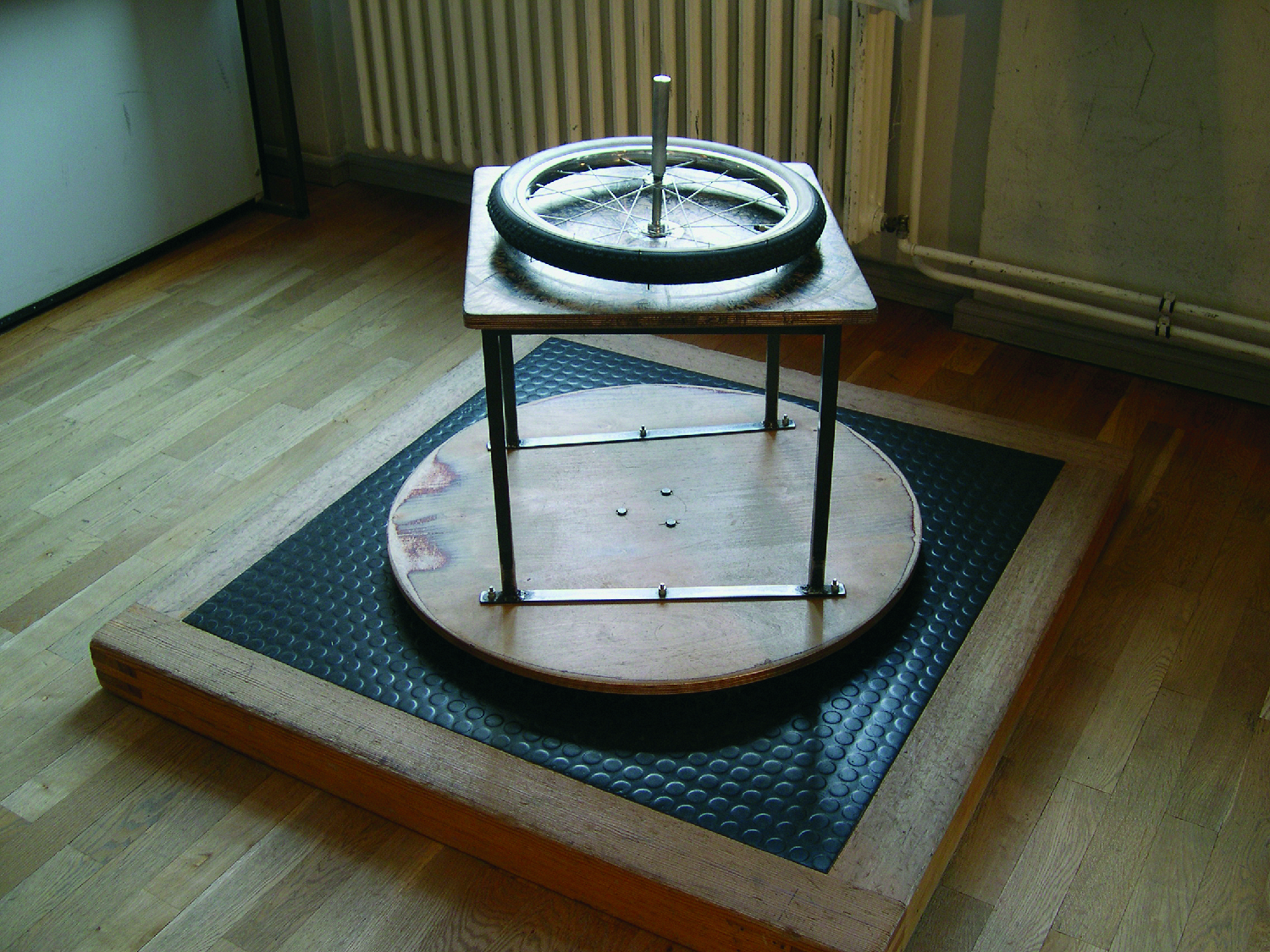

Klein bottle Piñata, Lecture performance, Festival a/d Werf, Utrecht, 2005
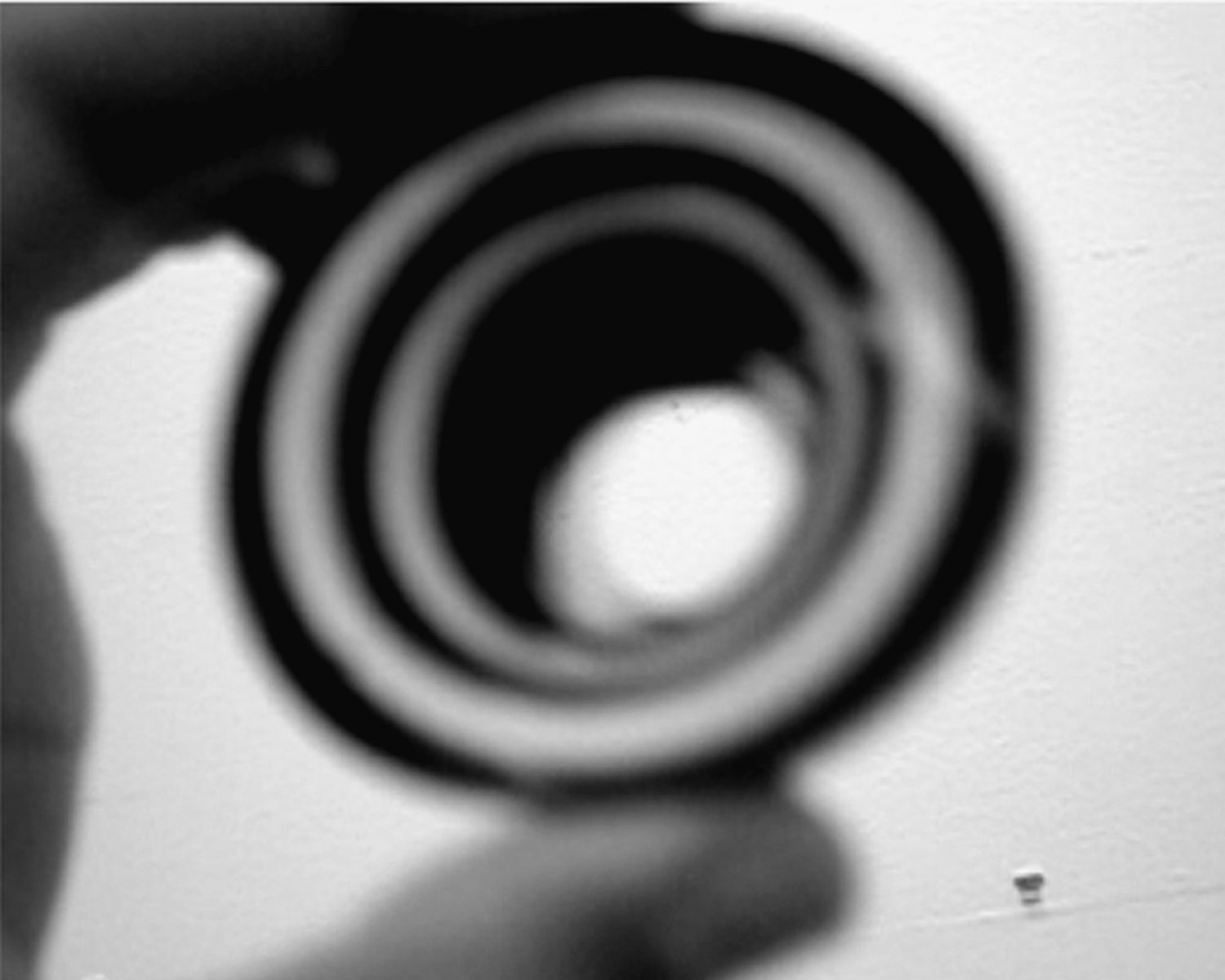
Video stills Blackboxing, black and white, sound, English, 23 min.

Video stills Blackboxing, black and white, sound, English, 23 min.
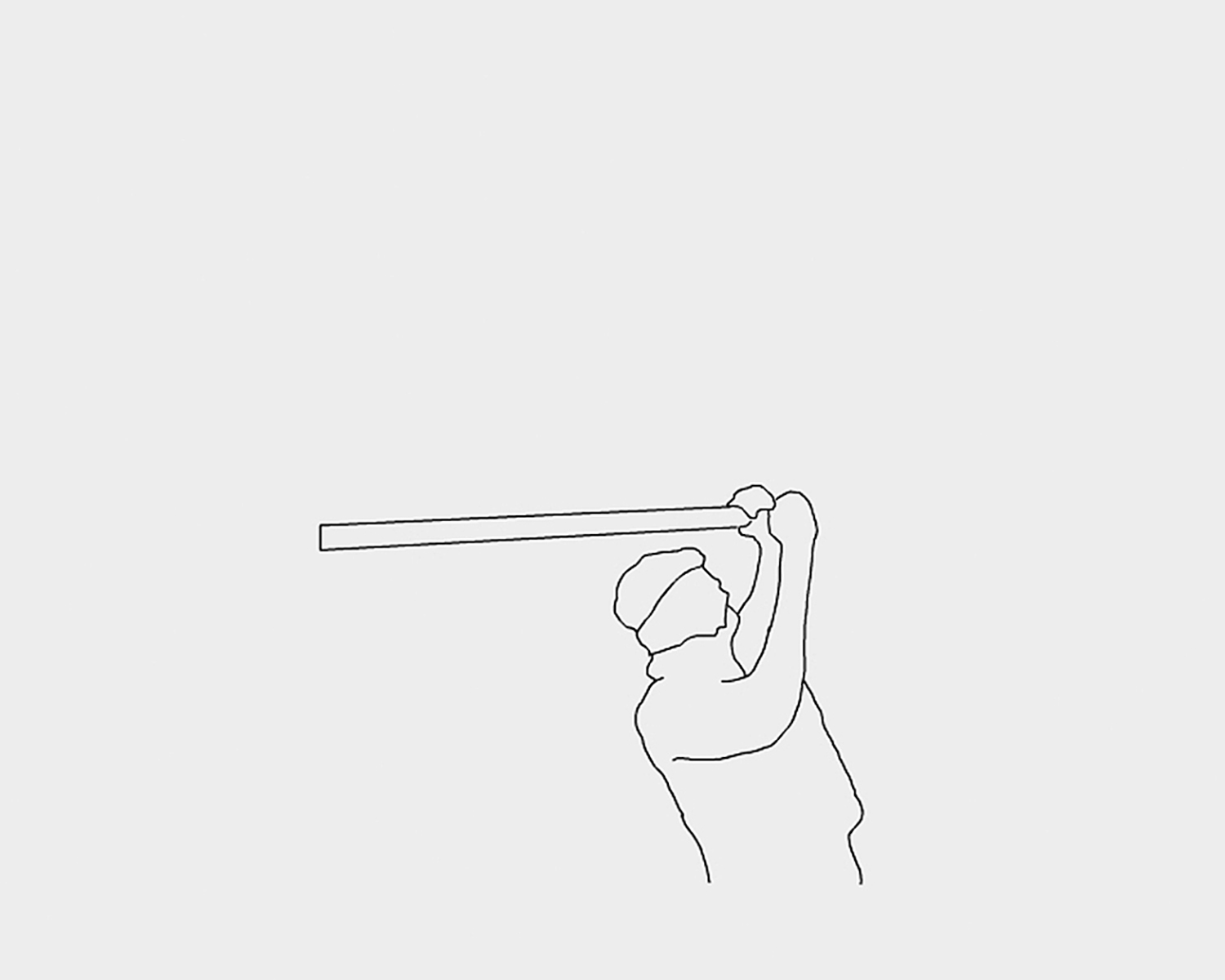
Video stills Blackboxing, black and white, sound, English, 23 min.

Video stills Blackboxing, black and white, sound, English, 23 min.
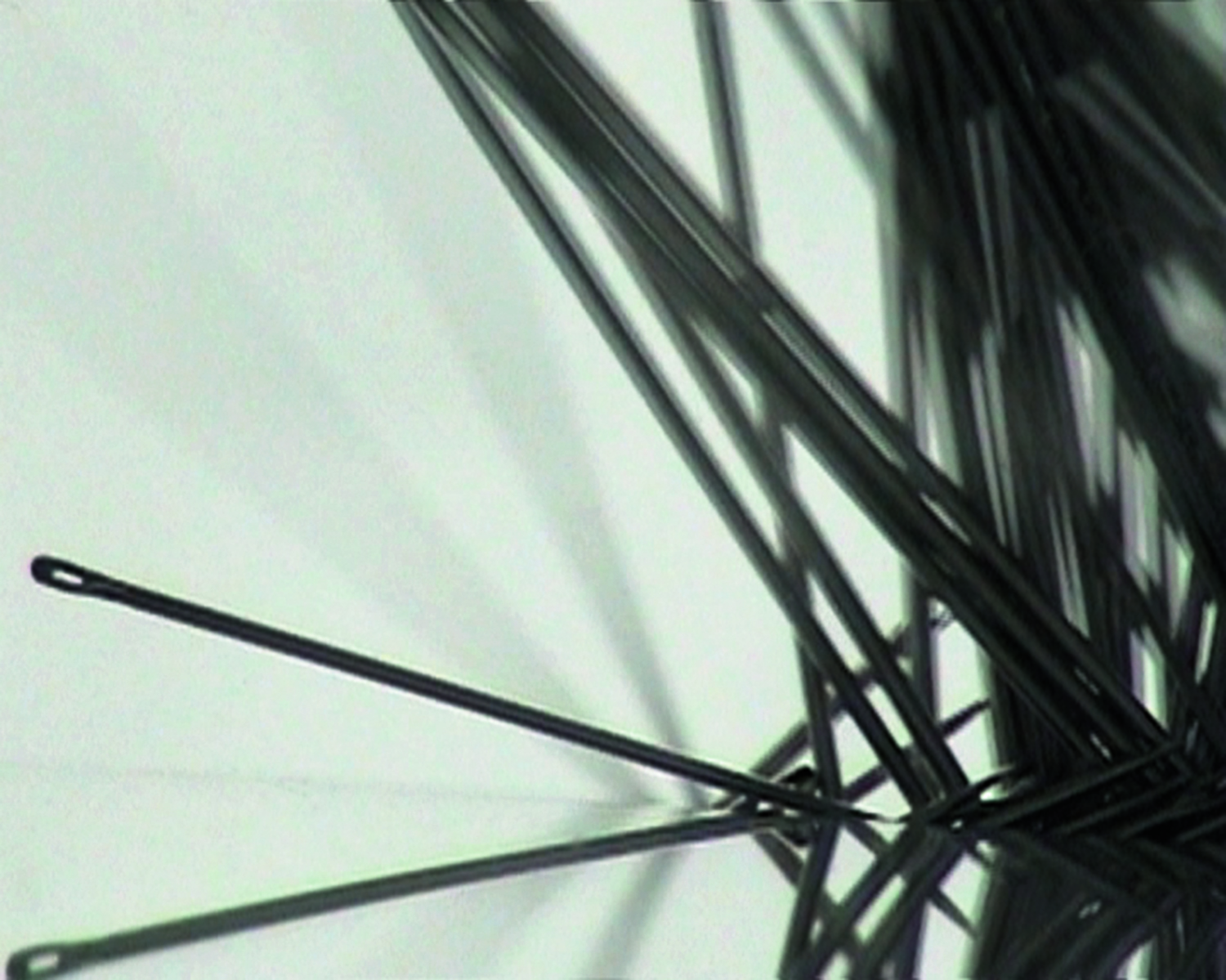
Video stills Blackboxing, black and white, sound, English, 23 min.
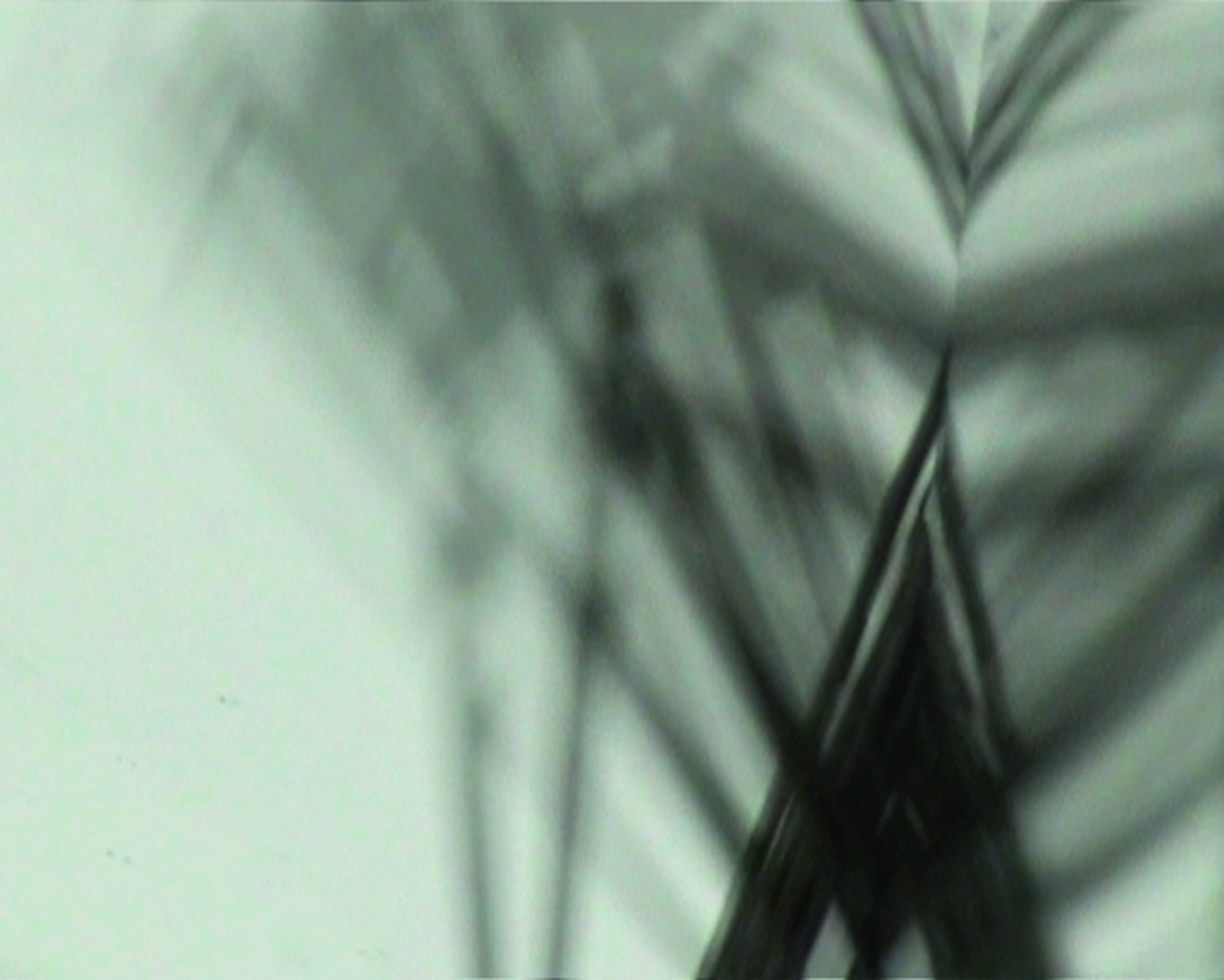
Video stills Blackboxing, black and white, sound, English, 23 min.

Video stills Blackboxing, color, sound, English, 23 min.
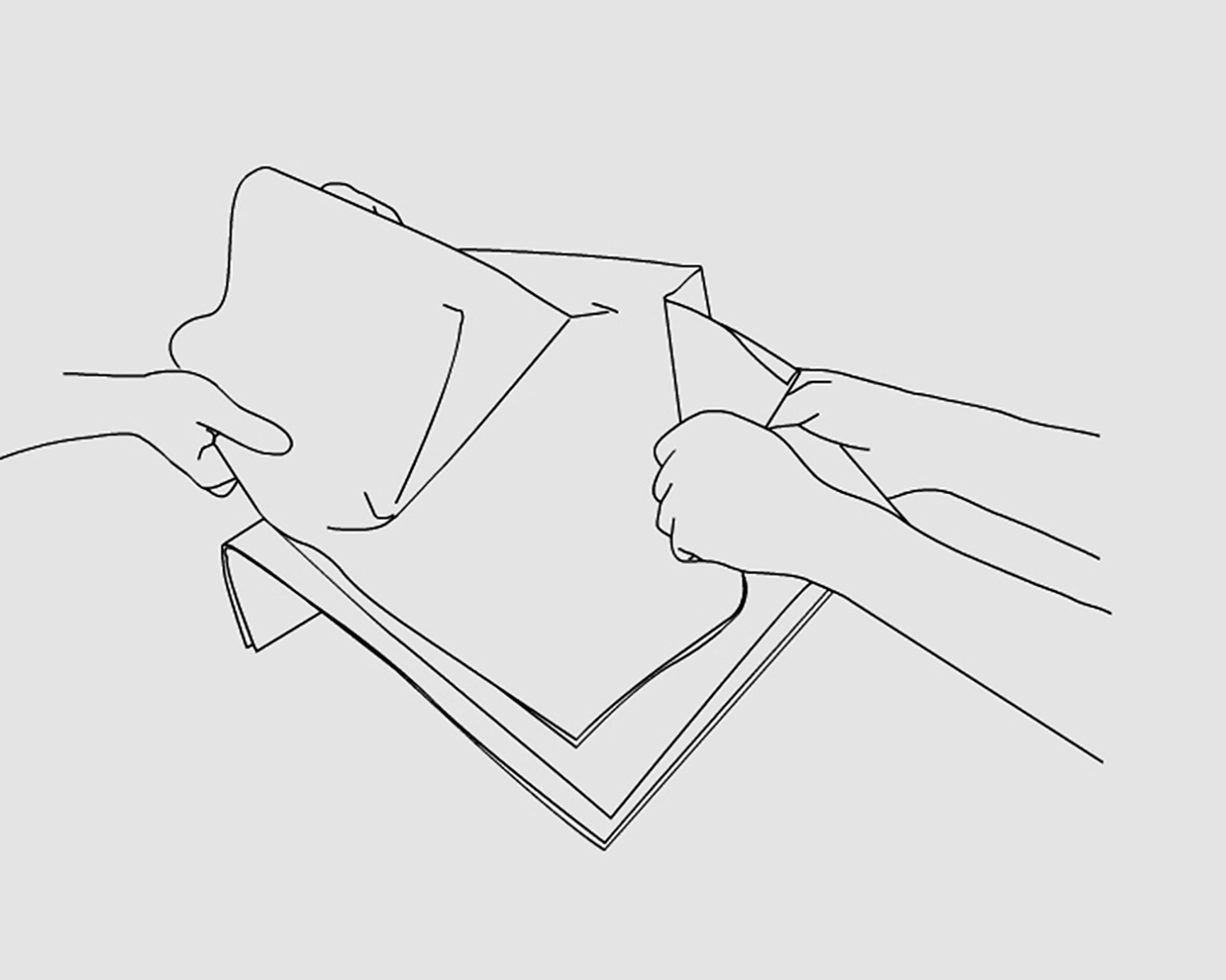
Video stills Blackboxing, black and white, sound, English, 23 min.
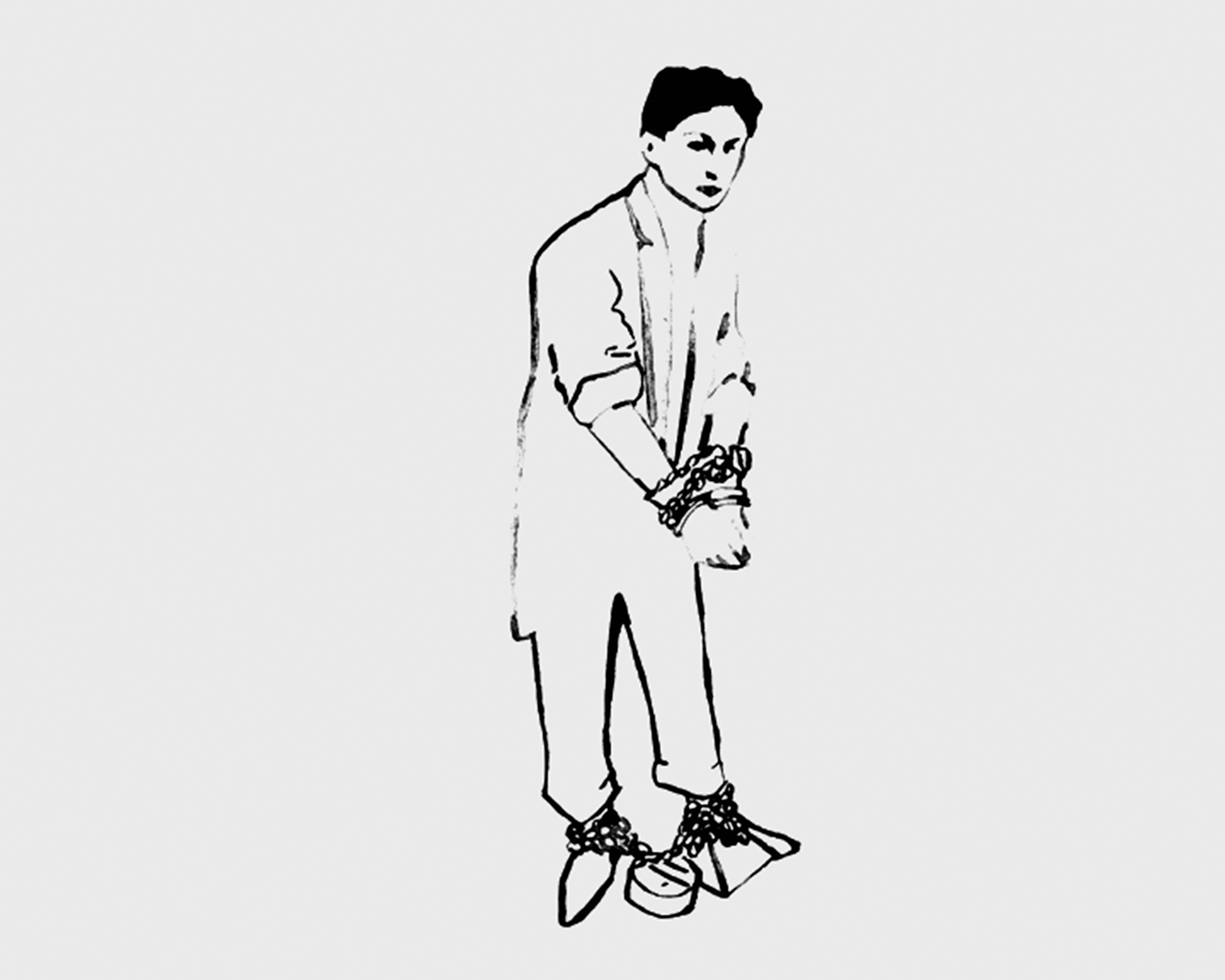
Video stills Blackboxing, black and white, sound, English, 23 min.

Video stills Blackboxing, black and white, sound, English, 23 min.
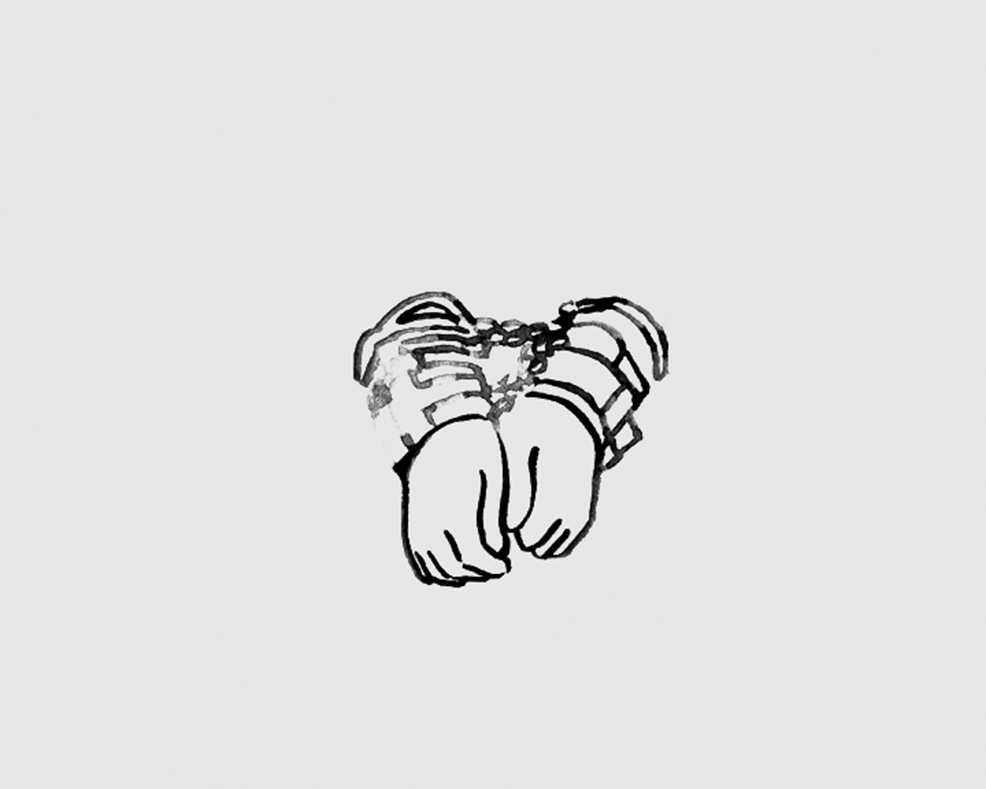
Video stills Blackboxing, black and white, sound, English, 23 min.
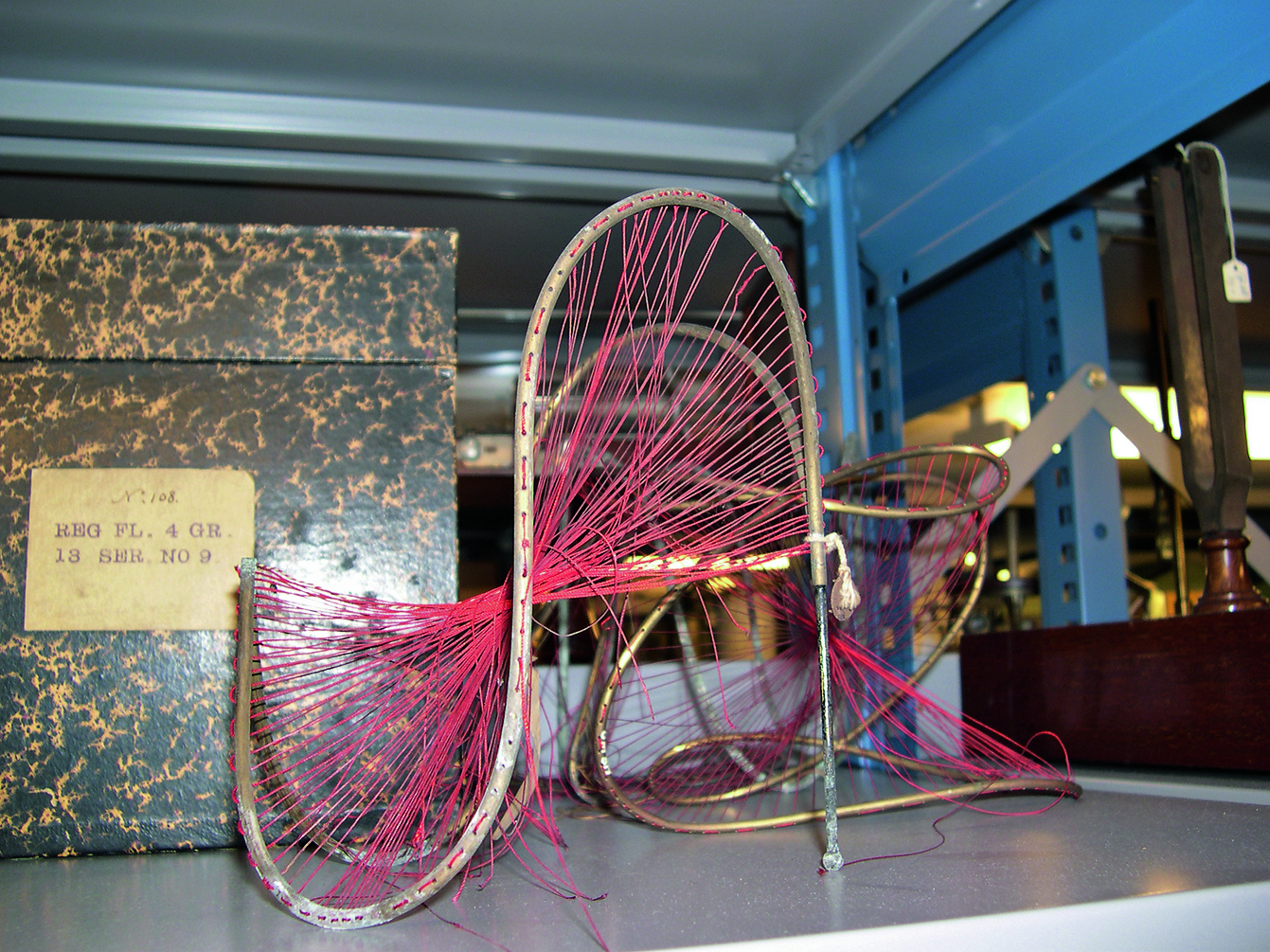
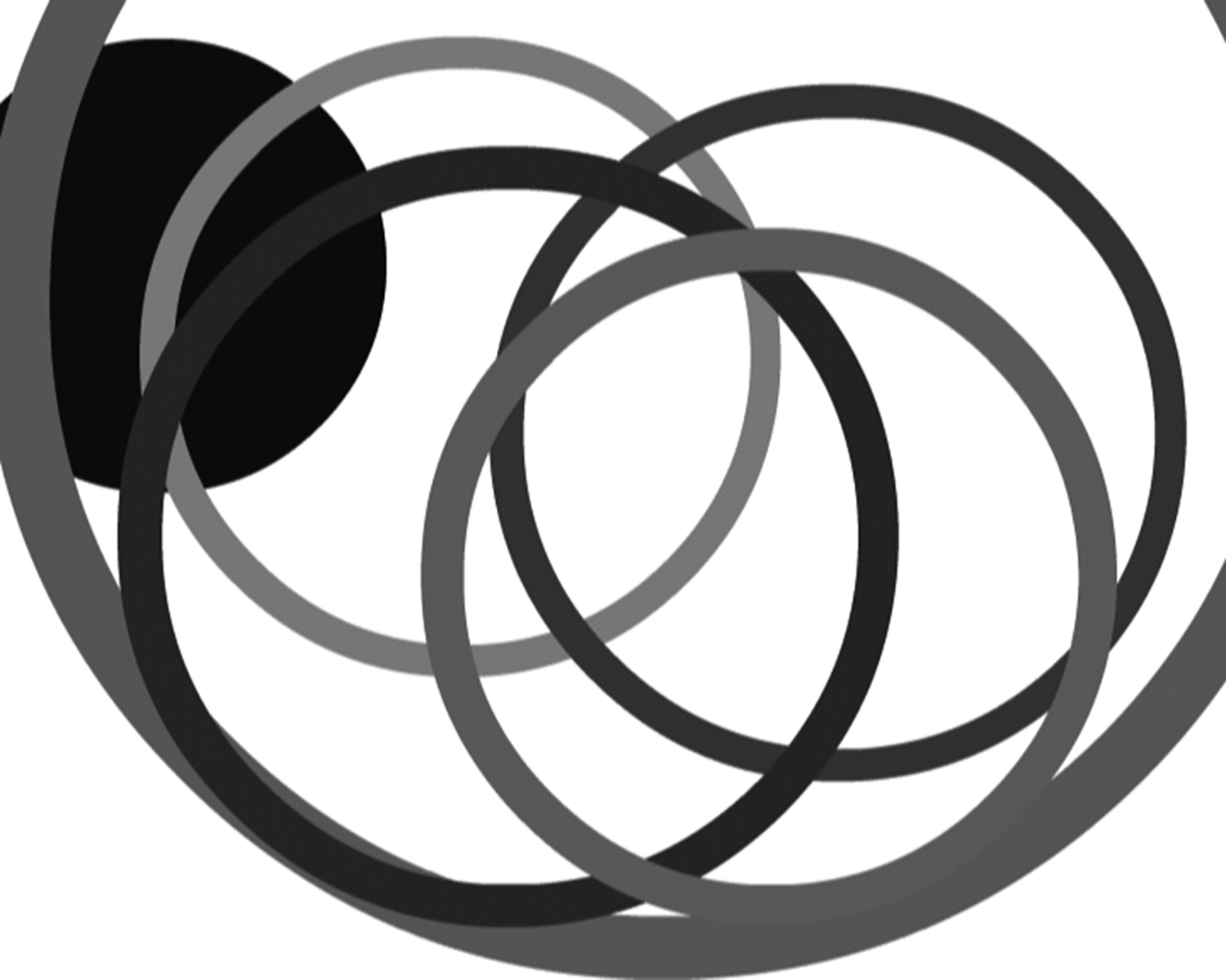
Video stills Blackboxing, black and white, sound, English, 23 min.
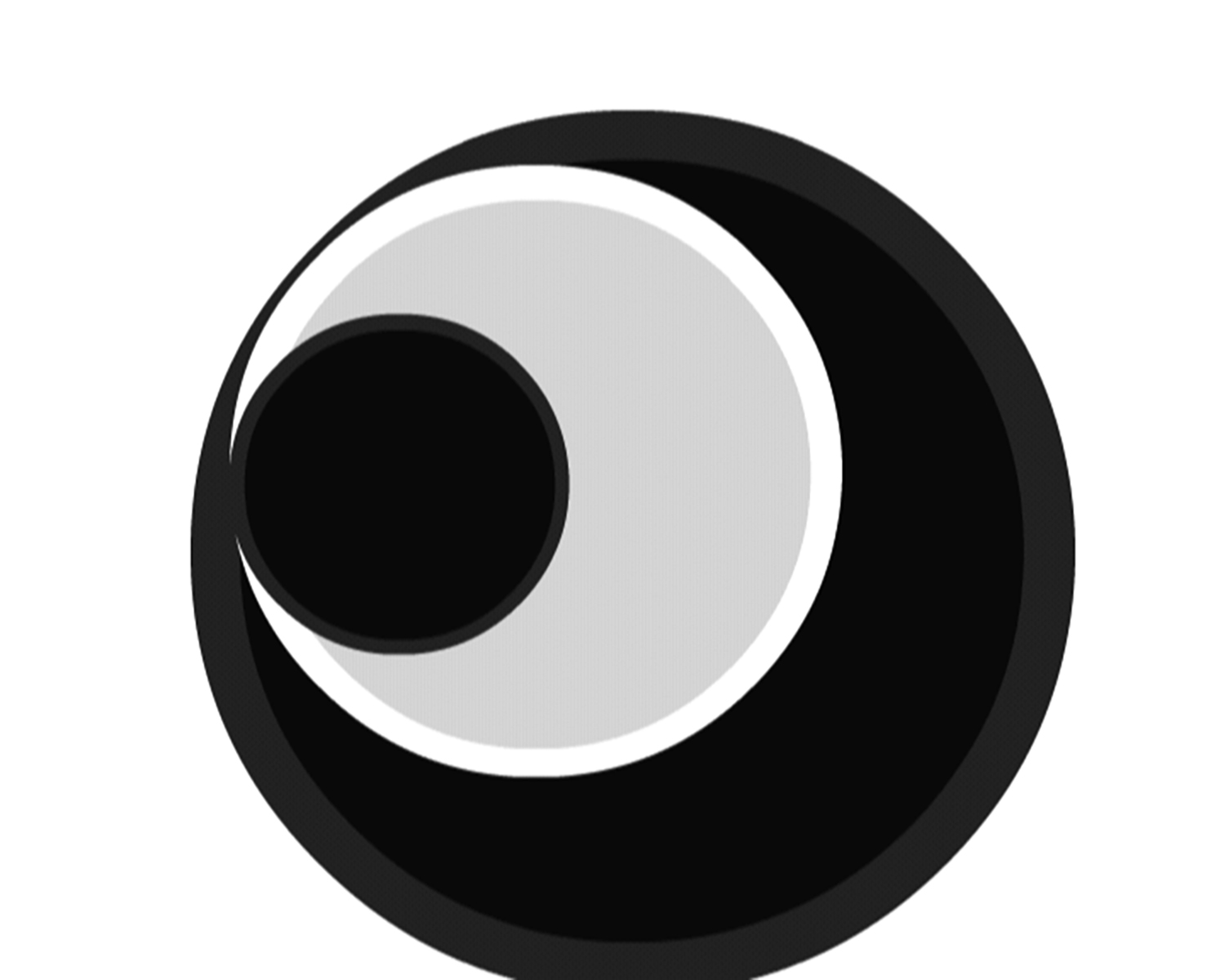
Video stills Blackboxing, black and white, sound, English, 23 min.
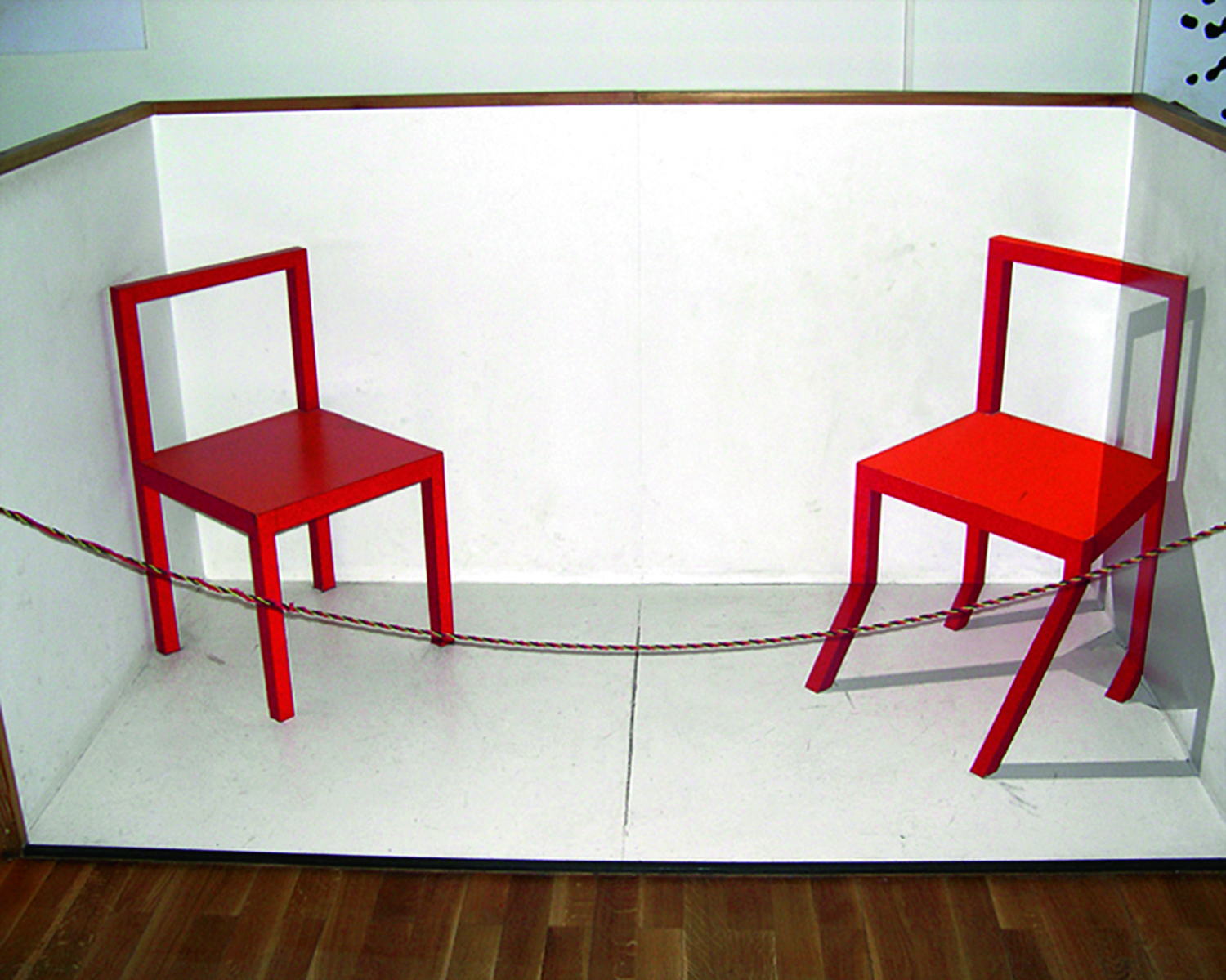
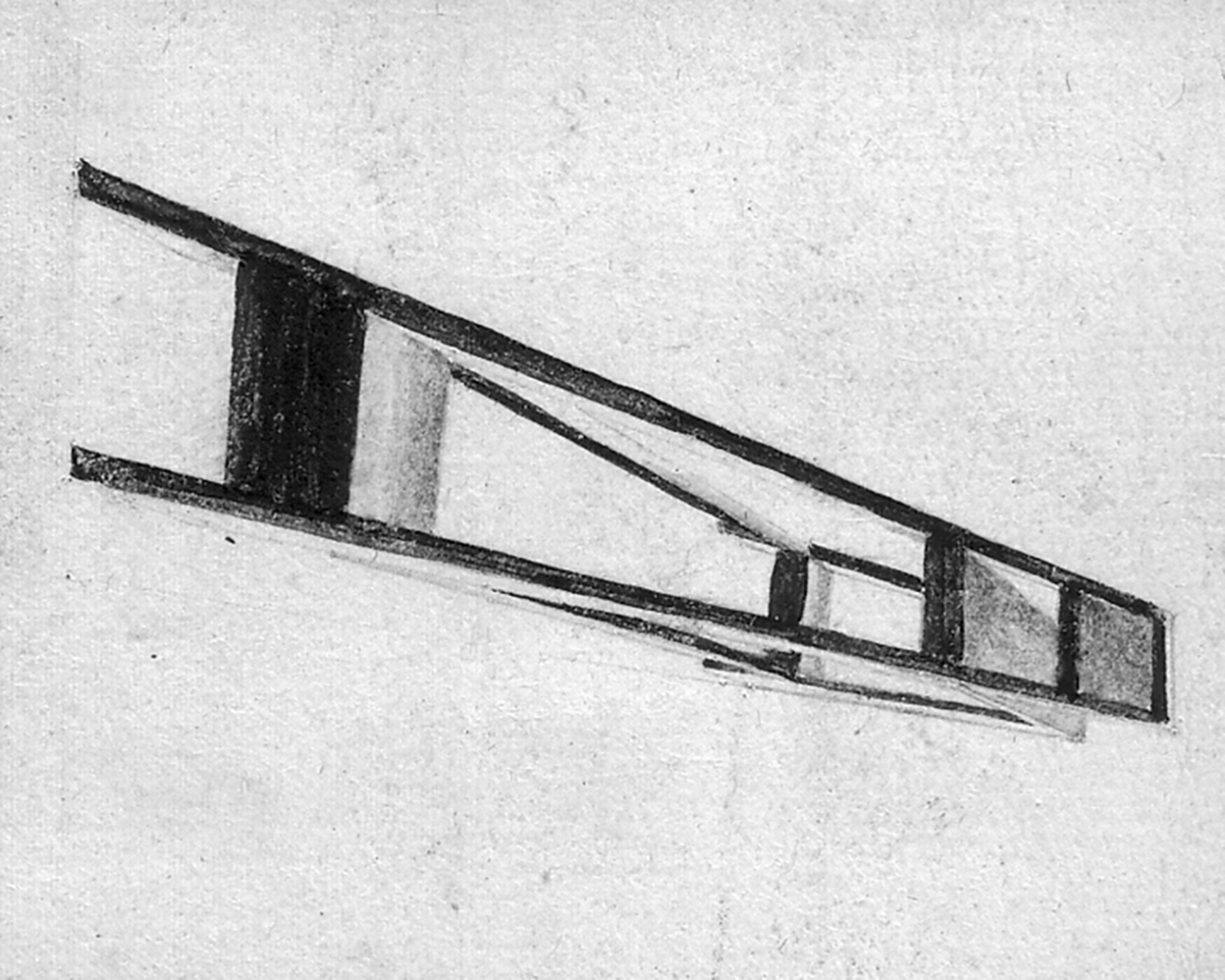
Video stills Blackboxing, black and white, sound, English, 23 min.
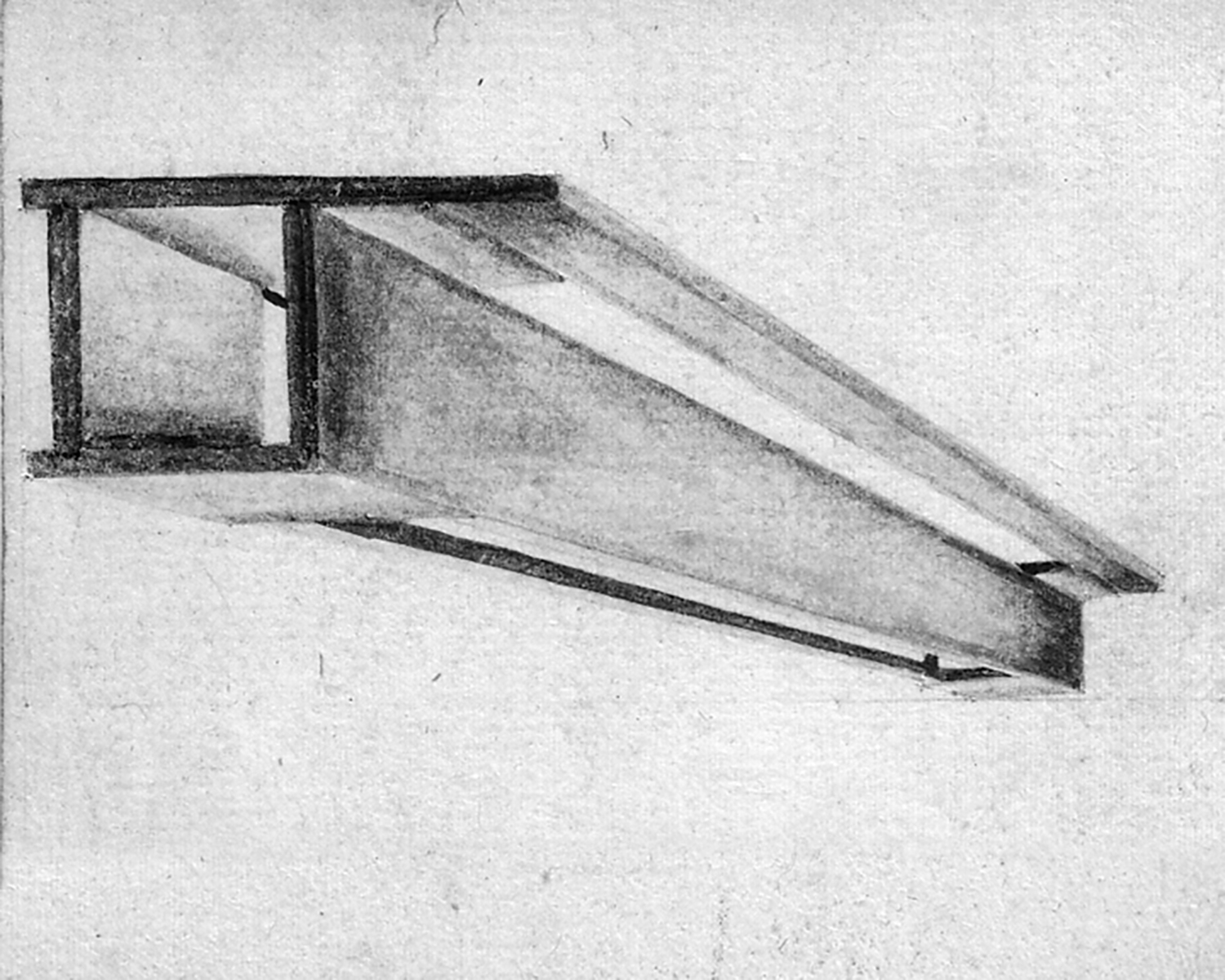
Video stills Blackboxing, black and white, sound, English, 23 min.
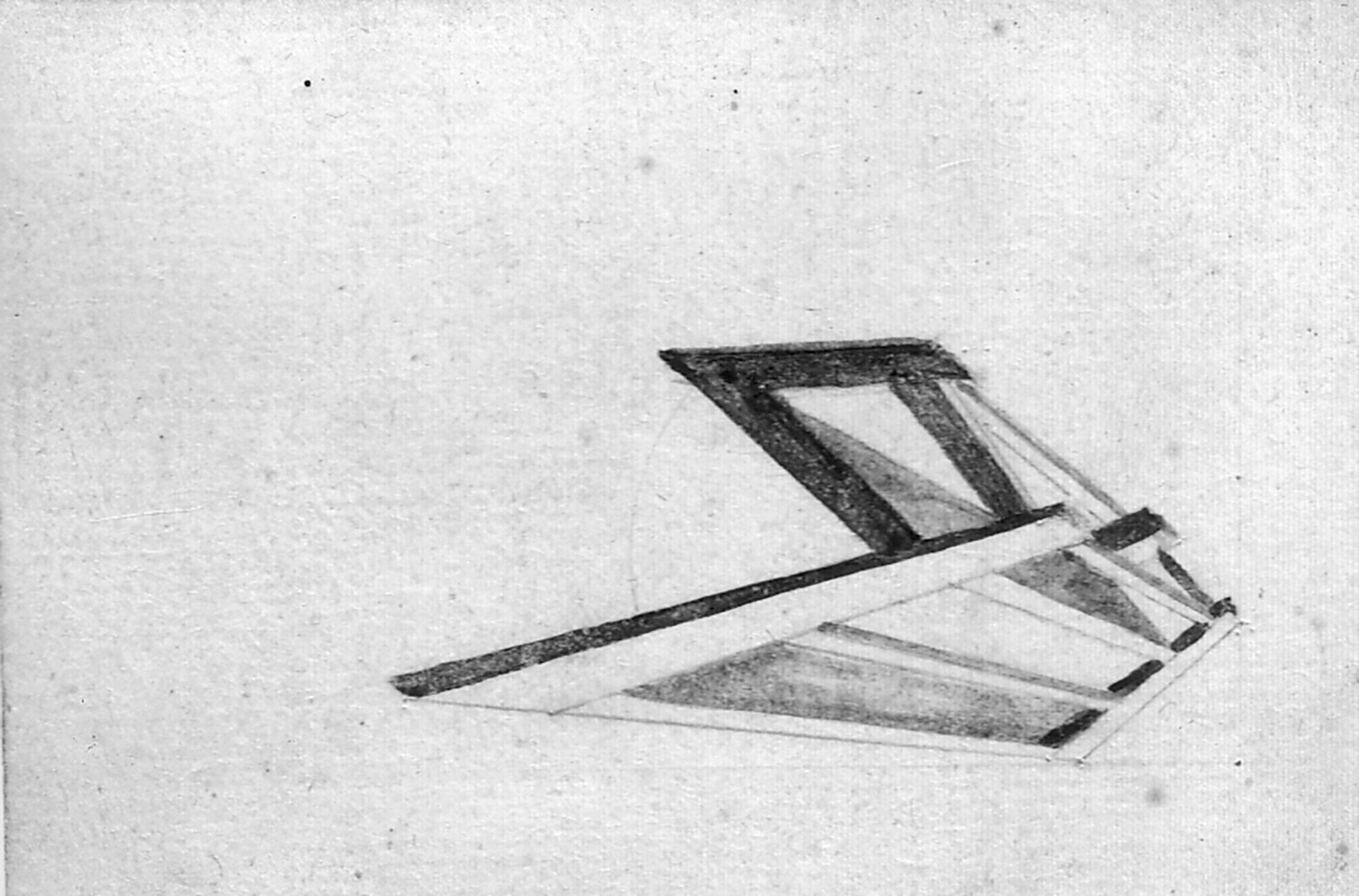
Video stills Blackboxing, black and white, sound, English, 23 min.
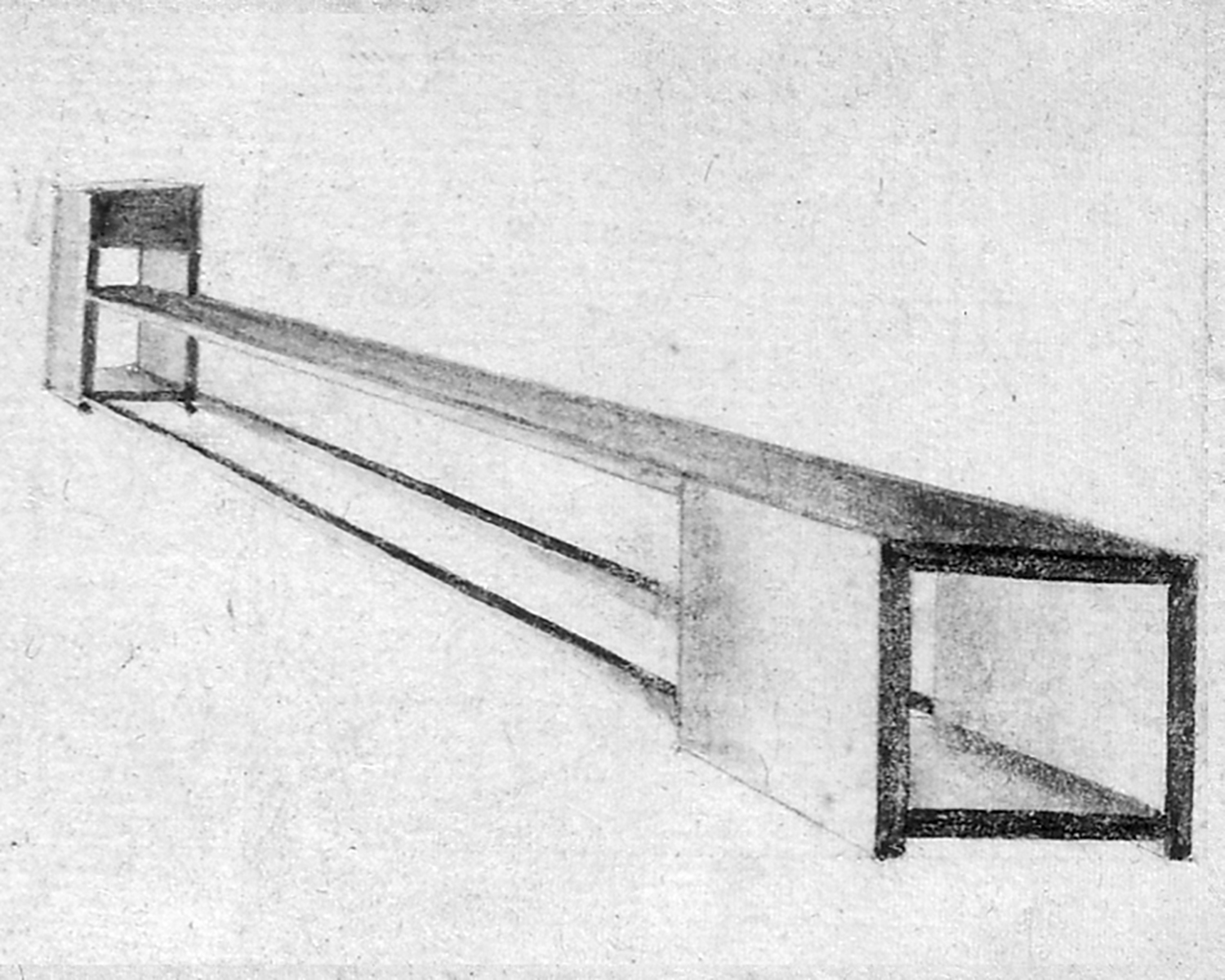
Video stills Blackboxing, black and white, sound, English, 23 min.
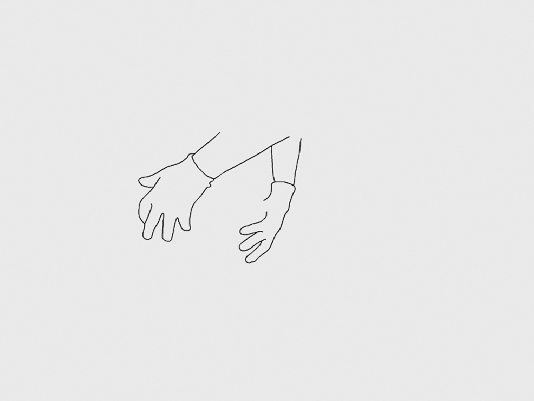
Video stills Blackboxing, black and white, sound, English, 23 min.
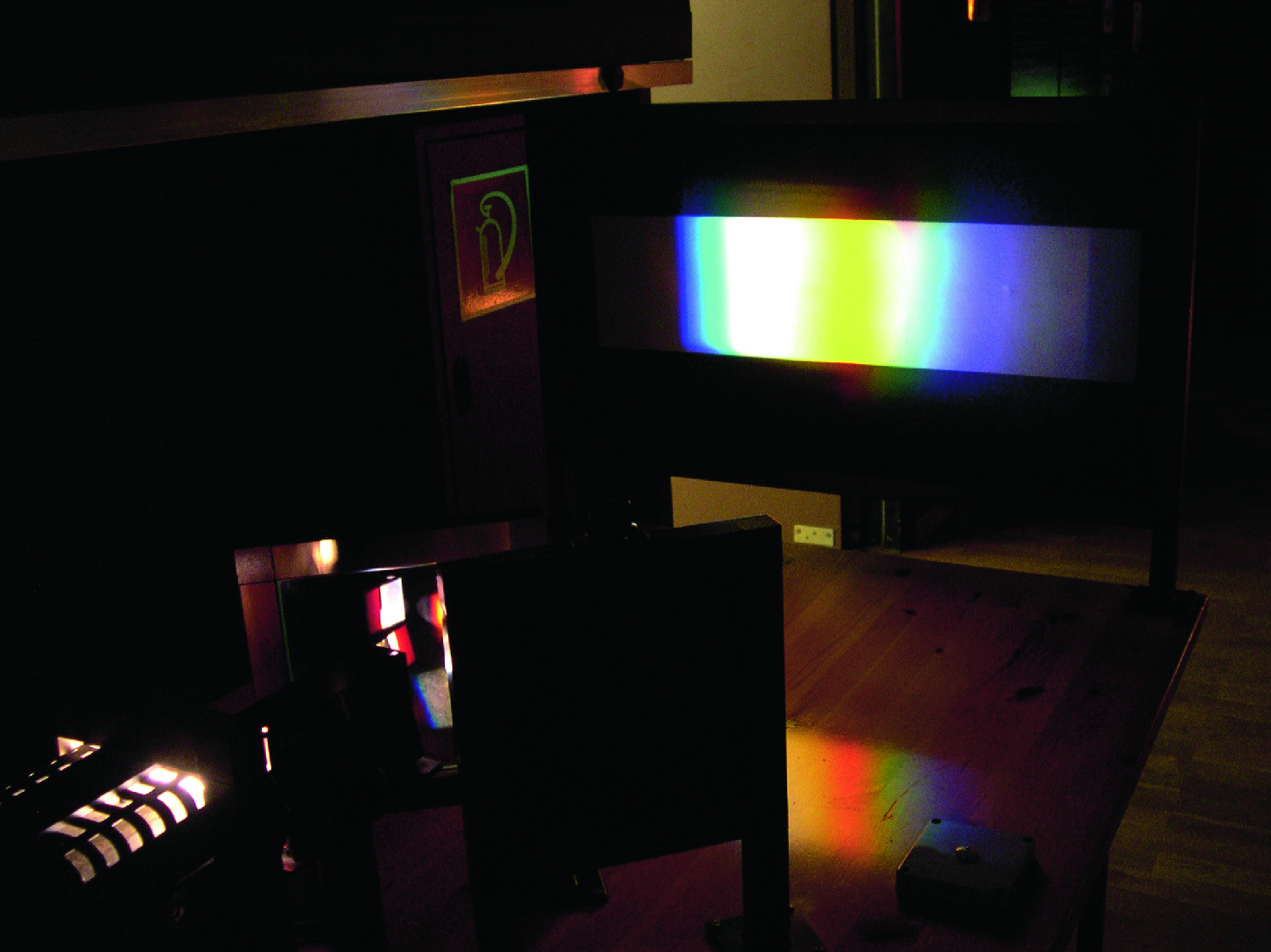

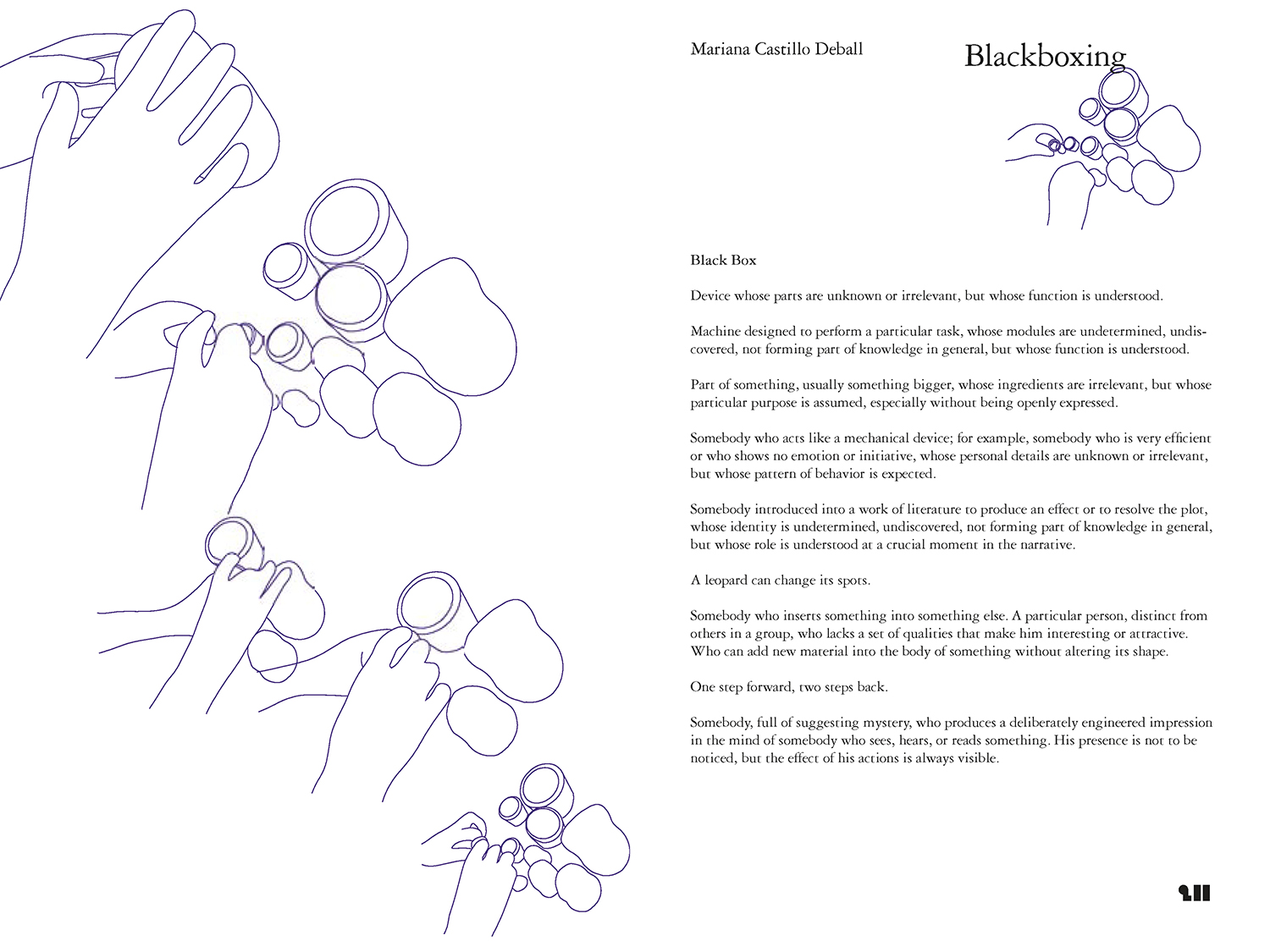
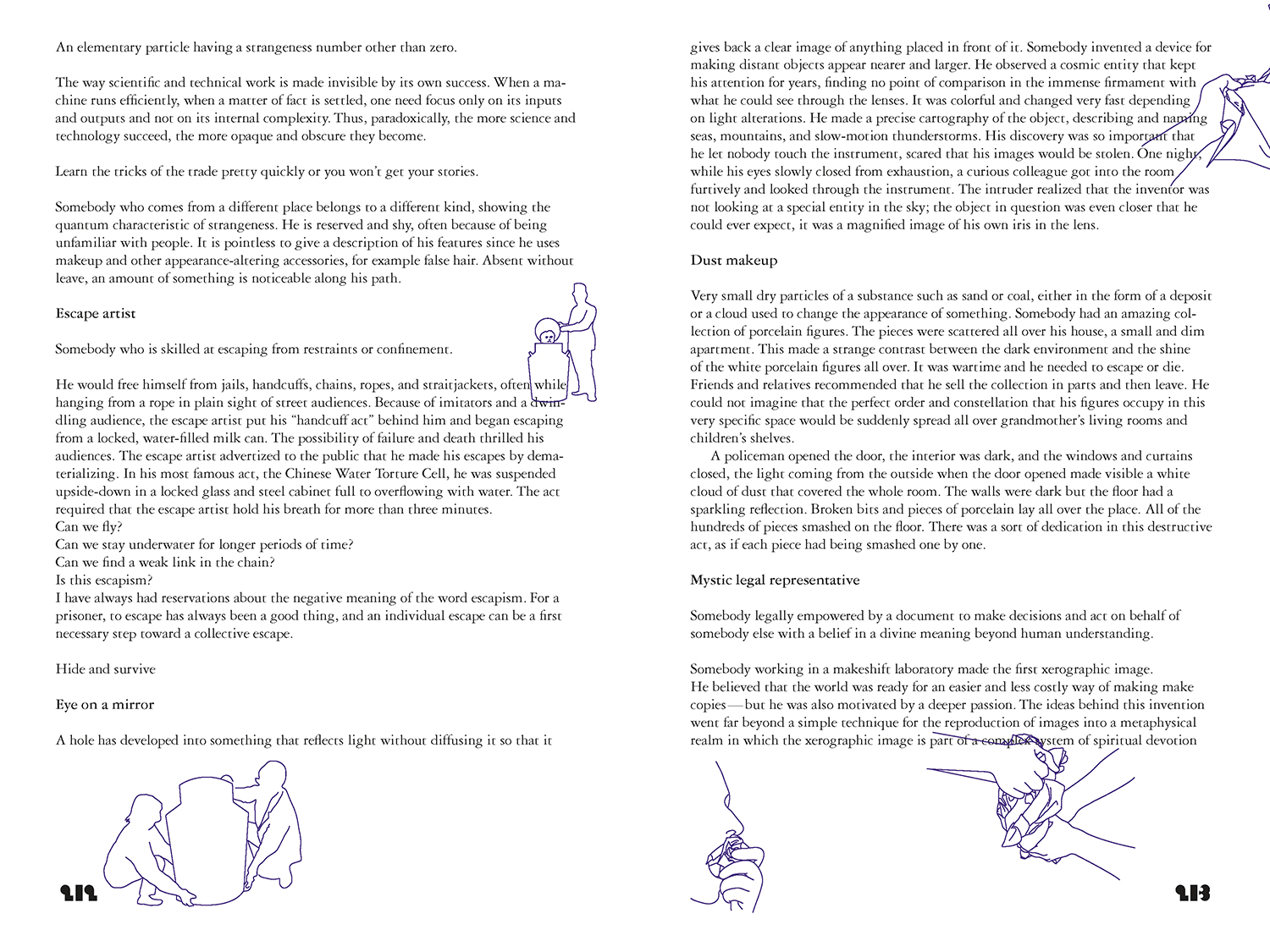
Excerpt: Mariana Castillo Deball, "Blackboxing", in: Mariana Castillo Deball, Irene Kopelman (eds.), A for Alibi, Sternberg Press, Berlin, 2007. pp. 2011-218